This week we’re going to go back to basics – to the ‘start’ of the foodchain. Plants. The activities this week are really easy to edit and simplify for younger kids, or of course advance and take the learning really far for more advanced learners. Each activity is designed to work well for kids of any age and therefore sibling groups should get a lot out of each activity – with there being different opportunities to look at basic concepts or explore plants in more detail.
As always, be led by your kids and encourage all types of questions and see what experiments you can dream up. Let me know if you’ve got any questions – especially if you’re struggling to edit an activity for you kid – send me a message.
Plant Facts
- Plants sweat – just like humans
- 85% of plant life is found in the ocean
- The first type of aspirin, painkiller and fever reducer came from the tree bark of a willow tree
- Dendrochronology is the science of calculating the age of a tree from its rings
- Apples are 25% air – hence why they float on water
- Potatoes were first cultivated in Peru over 7000 years ago
- Bamboo is the fastest growing plant in the world (it can grow nearly 1m per day)
- Oak trees are struck by lightening more than any other tree
- Sunflowers & Dandelions look like 1 single flower, however each petal is actually a floret which ripens to make its own seed
- Oak trees don’t produce acorns until they are 50 years old
- Amber is fossilized tree resin
- Plants turn carbon dioxide (the air we breathe out) into food in a process called photosynthesis
- 90% of the plants humans eat come from just 30 different plants
- 80% of the plants original forests have been destroyed
- There are over 200,000 identified plant species and the list is constantly growing
Plant Videos
Activity 1
Bark & Leaf Prints
Perfect for young minds – a fun way to explore shape and texture
You will need:
- Paper
- Crayons
- Paint
- Trees
- Leaves
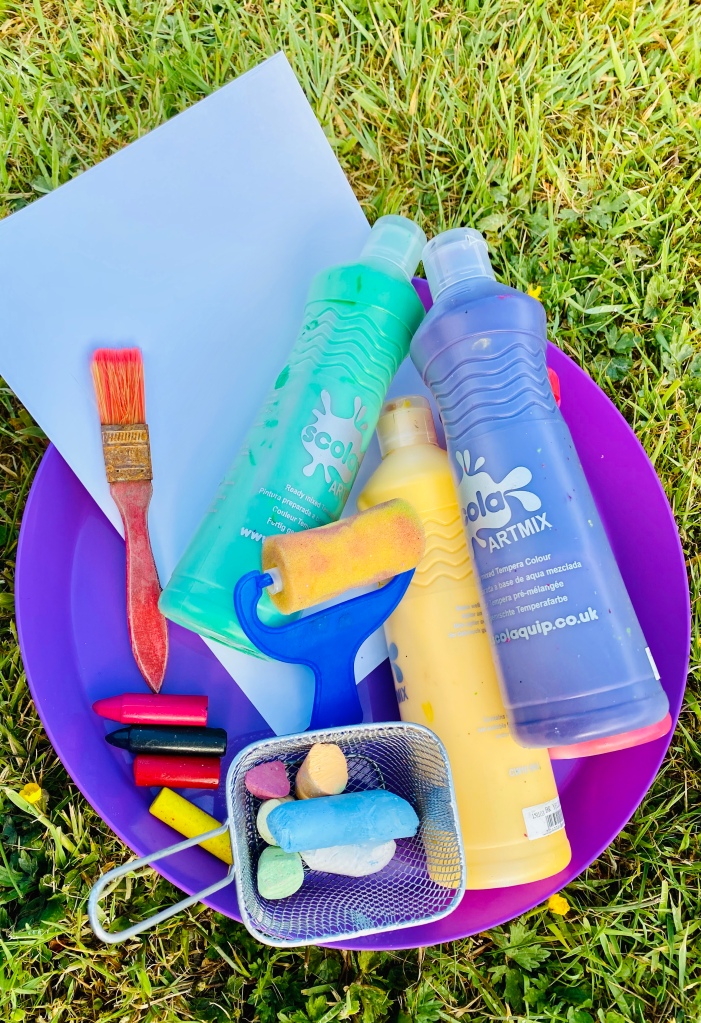
Instructions
Find some interesting bark and/or leaves and experiment with different ways to transfer their markings onto your paper. You could place the paper over the bark and use the side of a crayon to rub against it gently to get the print to transfer onto your paper.
Or you could try painting the leaves and then dabbing them onto your paper to get an outline (and make even texture!) from them. If you don’t have paint you could simply use water to wet the leave and then place it onto a slab or pavement to see the shape transferred.
What words can you explore in this activity? Smooth, rough, veiny, curved, pointy, long, short, more than, less than, a range of colours? Using a variety of vocabulary to observe an activity is a great way to start children thinking scientifically.
Activity 2
Soil Jar Test
A very easy and simple way to explore the soil around you.
You will need:
- Jar (with lid)
- Trowel (optional)
- Soil
- Water
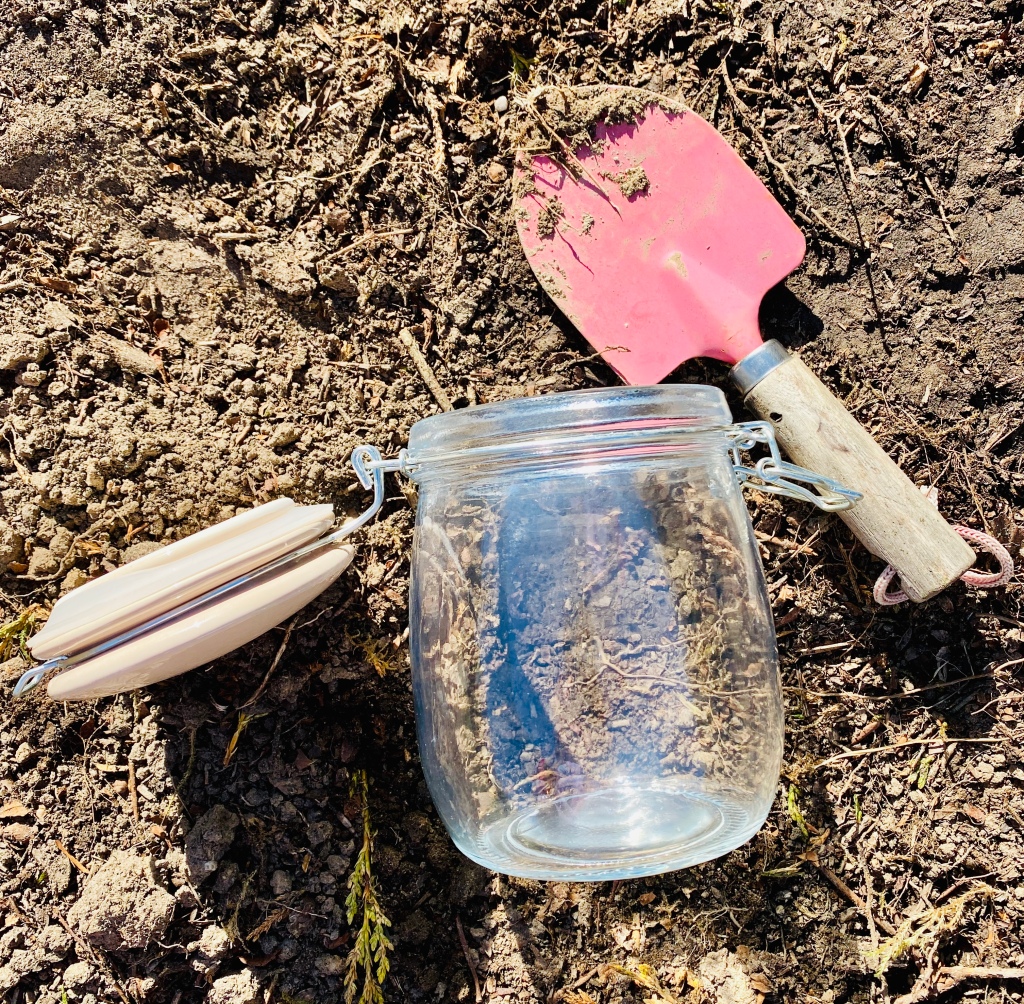
Instructions
Most plants need soil in order to thrive – some need a more delicate and perfectly balanced soil than others (see the celebrated Dandelion in several activities throughout this blog for a fabulous plant that will grow almost anywhere!). So we thought we’d go back to where most plants start – in the soil and have a little exploration of soil compositions.
Scoop some soil into the jar until it is half full. Add water until it is 1 inch from the top. Seal the lid and shake vigorously.
Leave it to settle for 24-hours (although ours started settling immediately).
You should be able to see quite clearly the different layers – you could then discuss the different layers and what they’re made of (our soil has quite a lot of clay in it).
My kids LOVED this so much we had to find other beakers and collect soil samples from different parts of the garden – and next on our list is to collect a small sample of soil from our daily walk. Do you think our results will be different depending on where we collected our soil?
Activity 3
Labelling Parts of a Plant
You can make this activity as complex or as simple as you like (I have included instructions for a basic exploration and then developing into slightly more advanced to cover multiple age ranges).
You will need:
- Weeds/plant
- Paper
- Pens
- Scissors
- Glue
- Magnifying glass (optional)
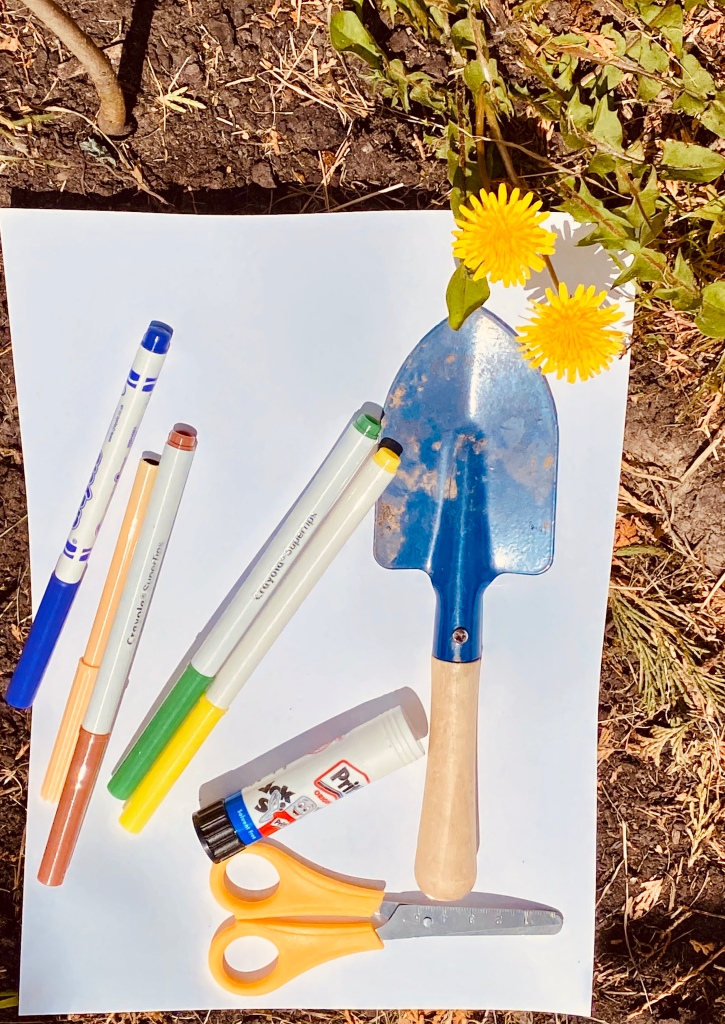
Instructions
We chose to dig up a dandelion as there’s a plethora of them in our garden. It was relatively easy to dig up with the little garden trowel and was a great real-life object to explore. My kids loved handling it and feeling/squeezing the different parts – so even for very young participants it’s a great activity.
We labelled the 4 main parts – Flower, Stem, Leaves, Roots.
We also had a go at drawing our own plants and labeling them (you could create your own).
And then once the 2-year-old got bored, the 6-year-old & I had a closer look at the dandelion – it turns out that each petal on a dandelion is technically a ‘flower’ thus creating its own seed. We tried taking some up-close pictures of the Stigma (last 2 pictures below) and talked about how they needed the information from pollen from another dandelion to be delivered so that they knew how to make the seed. Almost like 1/2 a recipe being delivered. We both found this website absolutely fascinating and useful to find out more about a dandelion – we hope you do too.
Have a look up-close to a flower you see next time – see what you notice and if there’s anything you’ve been missing.
Activity 4
Bees & Pollination
Bees are absolutely integral to pollination (and therefore integral to the global food chain).
You will need:
- Paper
- Pens
- Glue
- Scissors
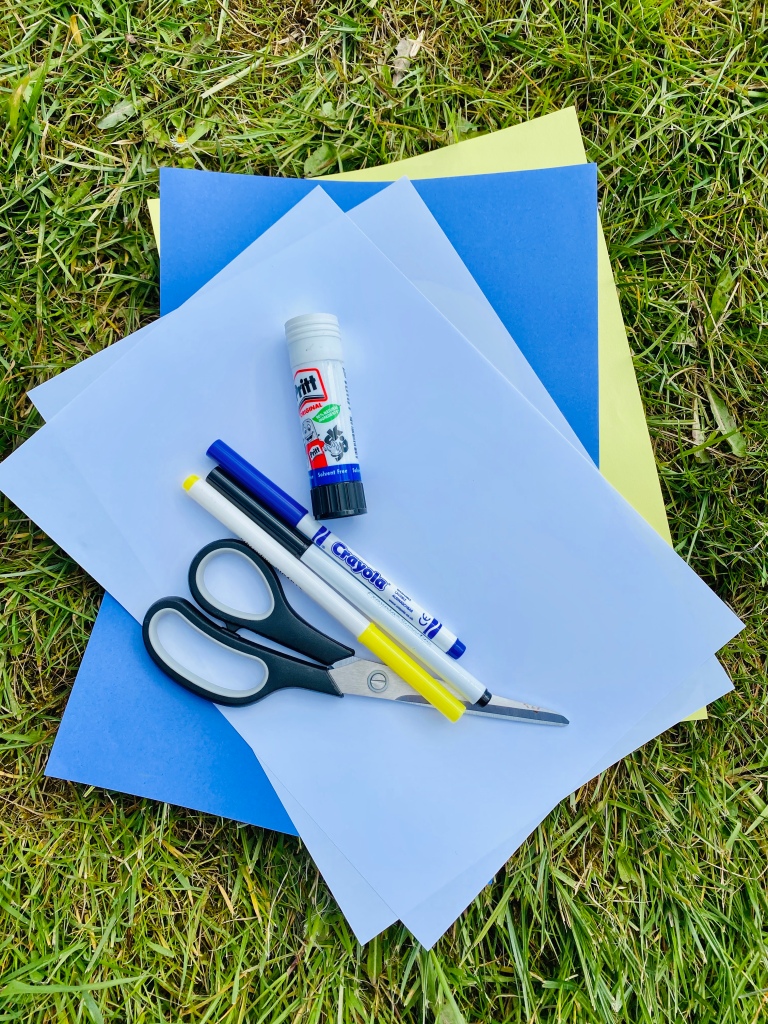
Create a paper bee (perhaps slightly larger than life) and cut it out.
Next, create some larger than life flowers for the bee to visit (just large flat colourful flowers with a yellowish centre).
Finally, scrumple up some yellow paper and place it in the centre of the ‘flowers’ – now fly the bee from flower to flower gathering 1 piece of paper at a time before depositing it into the next one.
Whilst bees (and and other insects, butterflies, bats, and hummingbirds) search for the yummy sweet nectar inside flowers they rub up against the pollen that the plant has specially made to stick to them. They then fly on to another flower and share the pollen with that plant. Thus sharing genetic material (new plant information) with another plant so that it can make seeds.
We need bees for most of our food production and without them we’d all starve – so it’s vitally important that we learn about them and teach future generations just how vital bees are.
Activity 5
How Plants Drink
A clear way to show the xylem tubes throughout leaves.
You will need:
- Leaves
- Water
- Red food dye
- Beaker
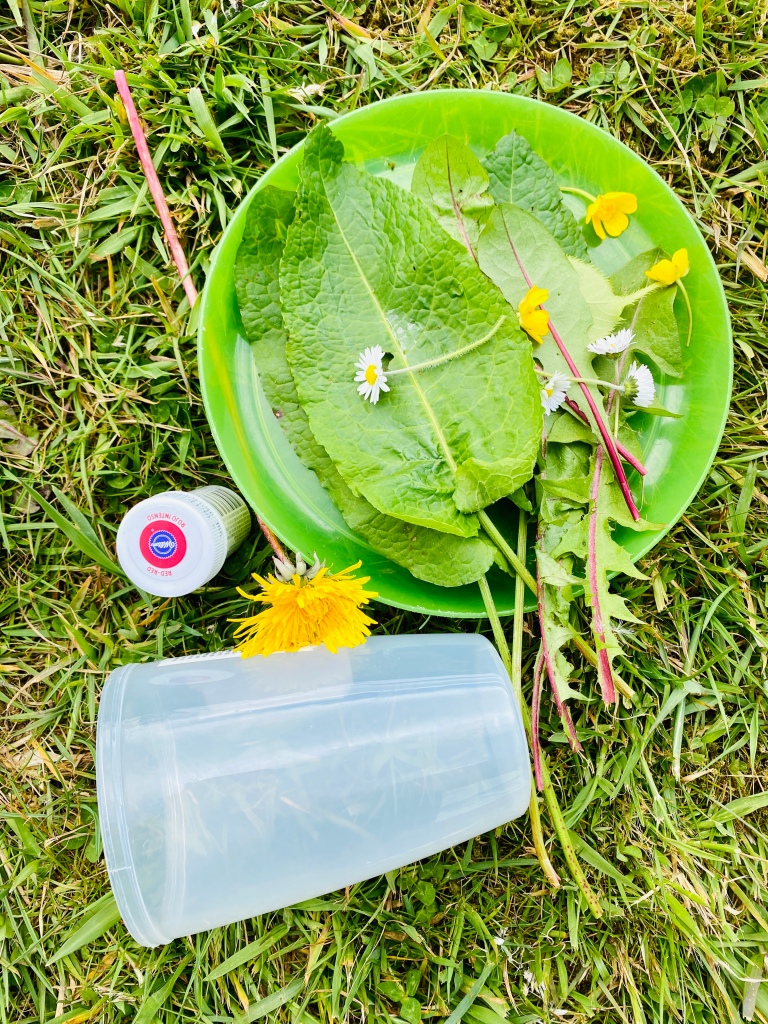
The stems of plants are vitally important not only for structure but also to transport water throughout the rest of the plant. Water is distributed via xylem tubes – which are the tiny ‘veins’ throughout leaves.
By putting red food dye into the water the stem should suck up this water and, since it’s red, you might be able t see all the tiny xylem tubes throughout the leaves.
We also experimented with using daisies, dandelions and buttercups (since we can’t access our usual flowers that are great to experiment with right now).
Try leaving your leaves and flowers for up to 3 days to see if you can note any changes.
Activity 6
Layers of the Rainforest
It is International Day for Biological Diversity on Friday 22nd May (2020) and this is a great activity to explore how plants and animals or dependent upon each other.
You will need:
- Paper
- Pens
- Glue
- Scissors
- Plants
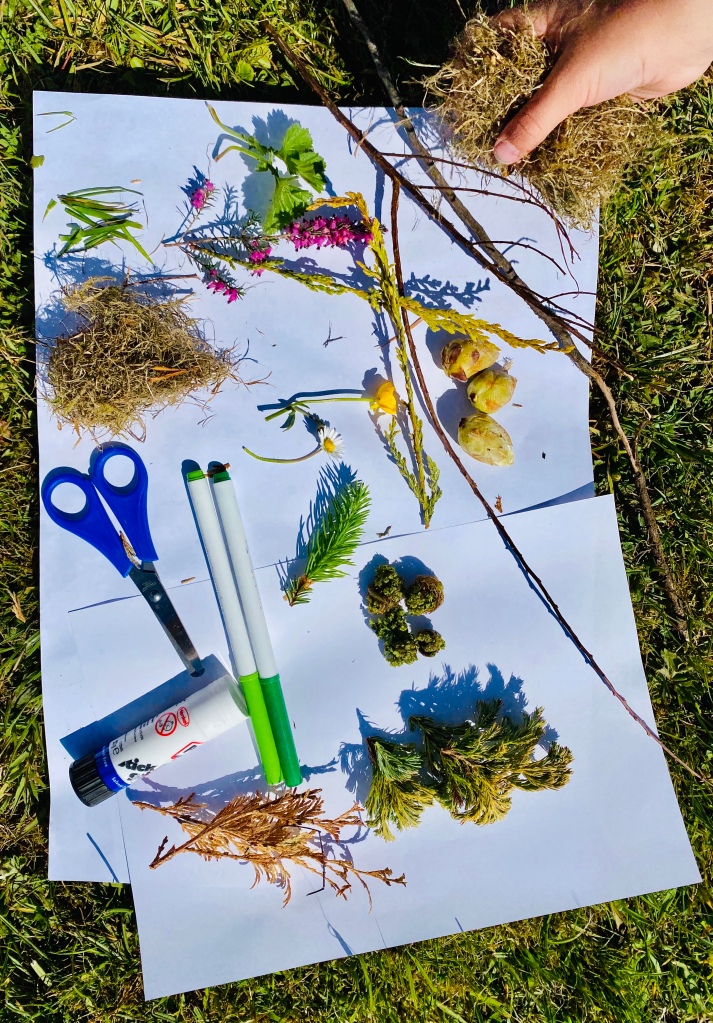
Instructions
Watch this video about the layers of the rainforest and decide how you can recreate the information your just learned. You could use playdoh, draw an infographic, or use bits from your garden (or daily walk) to build your own rainforest and all of its layers.
I often help my child with letter-formation by writing the words in yellow (highlighter) and then he can trace over it. This gives him confidence with writing as he’s not a keen writer so it’s important to write for purpose rather than through force. This way he’s still getting letter-formation practise and the work is all his own at the end.
Activity 7
Ecosystem in a Jar
Create your own terrarium in this fun activity for your whole family.
You will need:
- Jar (with lid)
- Small rocks
- Soil
- Moss
- Any plants (with roots)
- Water
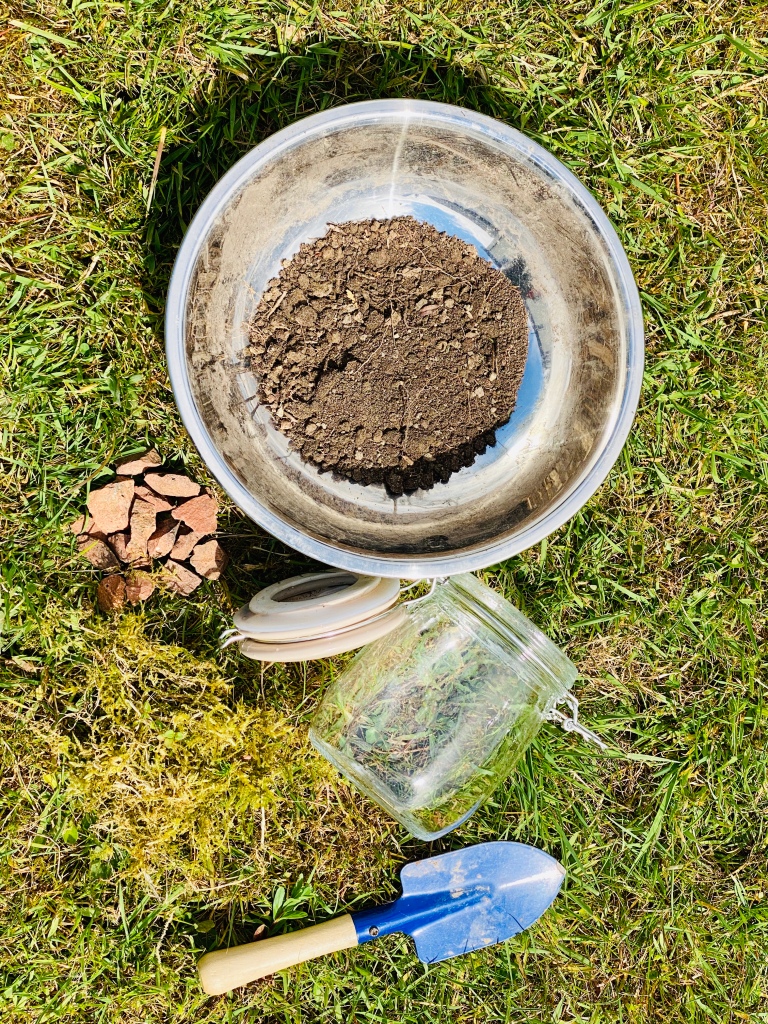
Instructions
This is a lovely wee activity to explore the water cycle (see next week for a more in-depth exploration) as well as looking yet again at how much everything relies on each other to survive (see also Food Chains, or the Pollination link above, or explore rainforests more in-depth).
An ecosystem is an environment that interacts and relies on everything else within it in order to continue to function.
Simply add a few rocks to the bottom of the jar, next add a few inches of soil, and then a thick layer of moss (which is fantastic at retaining moisture). Feel free to add in any small plants at this point too, however this isn’t necessary. We also added a stick for decorative purposes.
Finally, we sprayed the moss so that it was relatively moist (but not drenched) and closed the lid. Your terrarium ecosystem should now have its own self-sustaining environment, however you may need to add some more water in until you get the balance right.
If you do this activity in Spring – you may find different insects appearing in your jar over the next few days too as you may have inadvertently collected some during your gathering and potting process.
I hope you’ve managed to get an insight into the fascinating world of plants – and as you’ve finished each experiment you’ve left with a long list of more questions that you can’t wait to go and research/experiment with.
Let me know what you go on to discover!
Happy learning xx

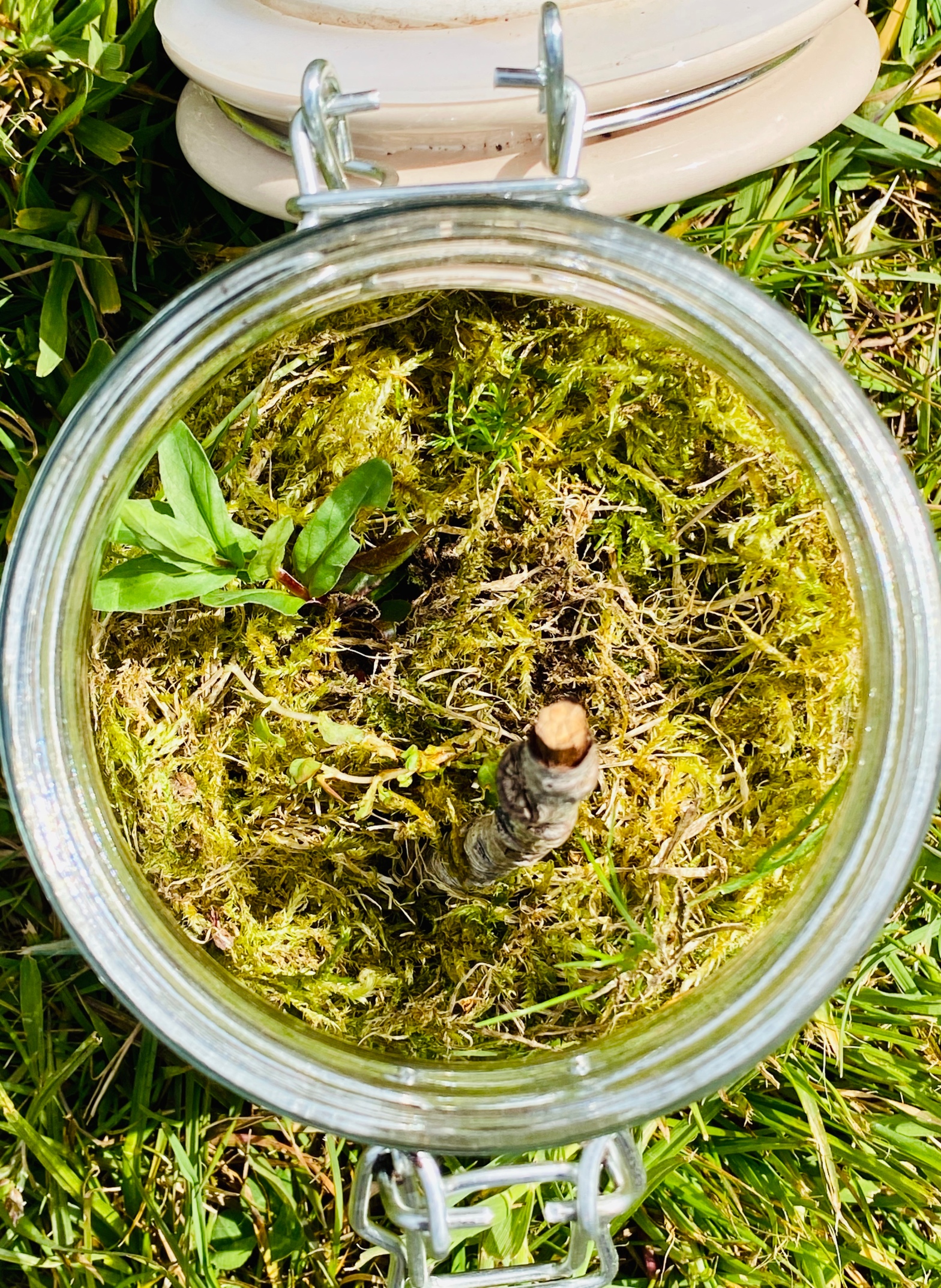
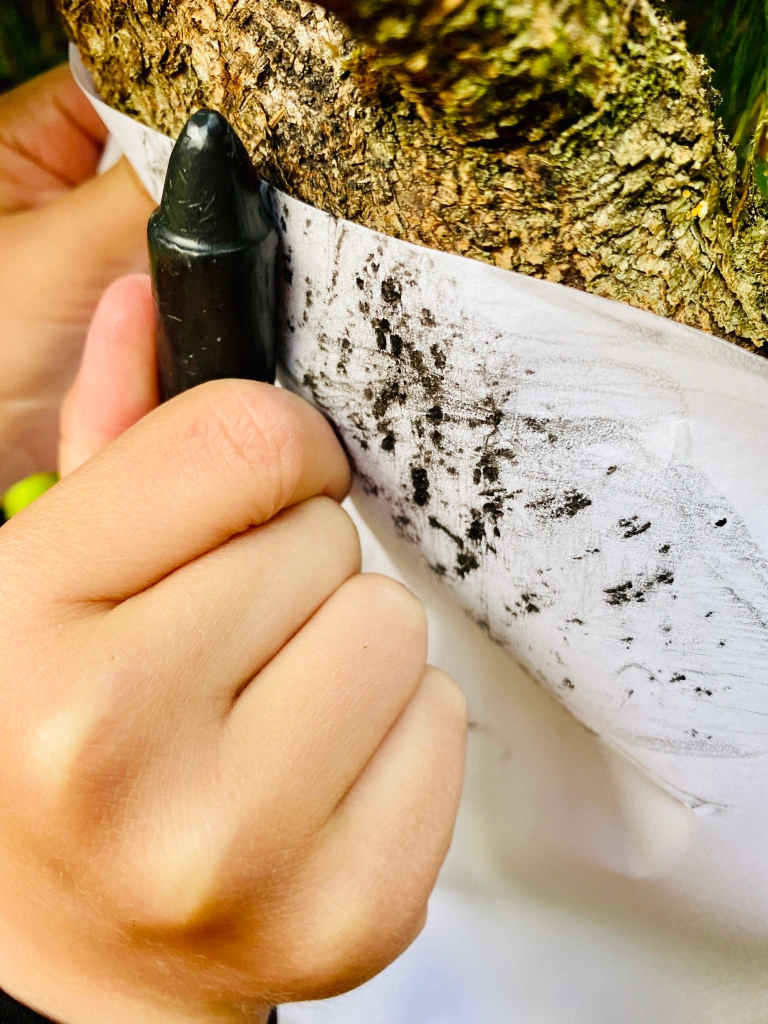
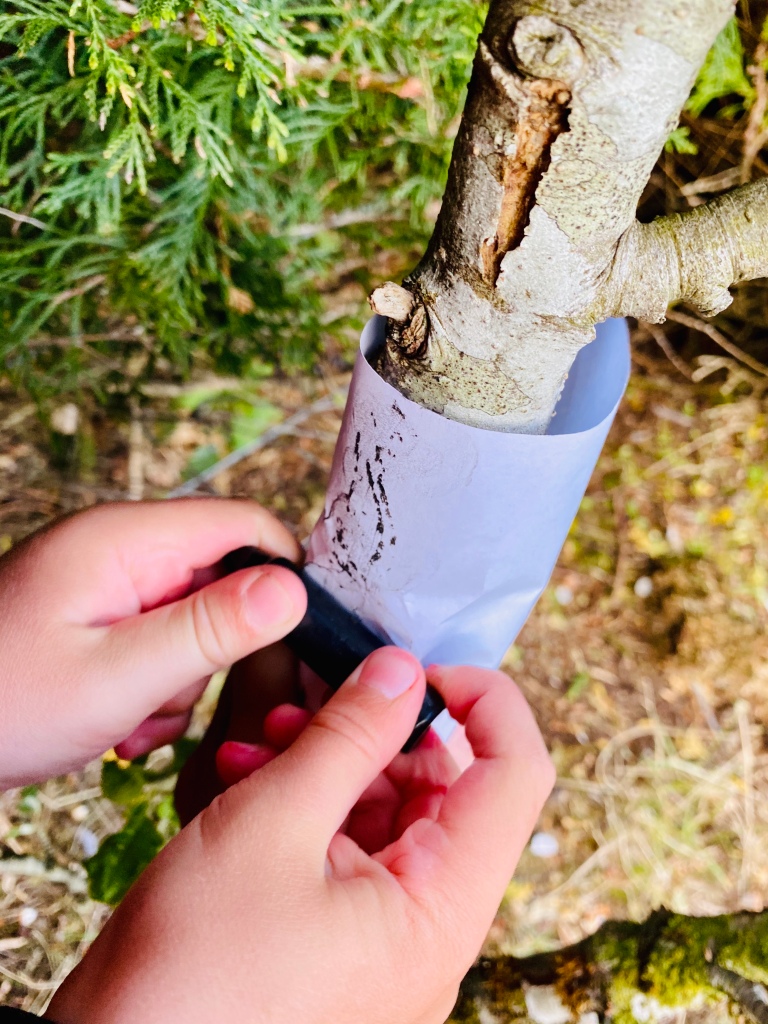
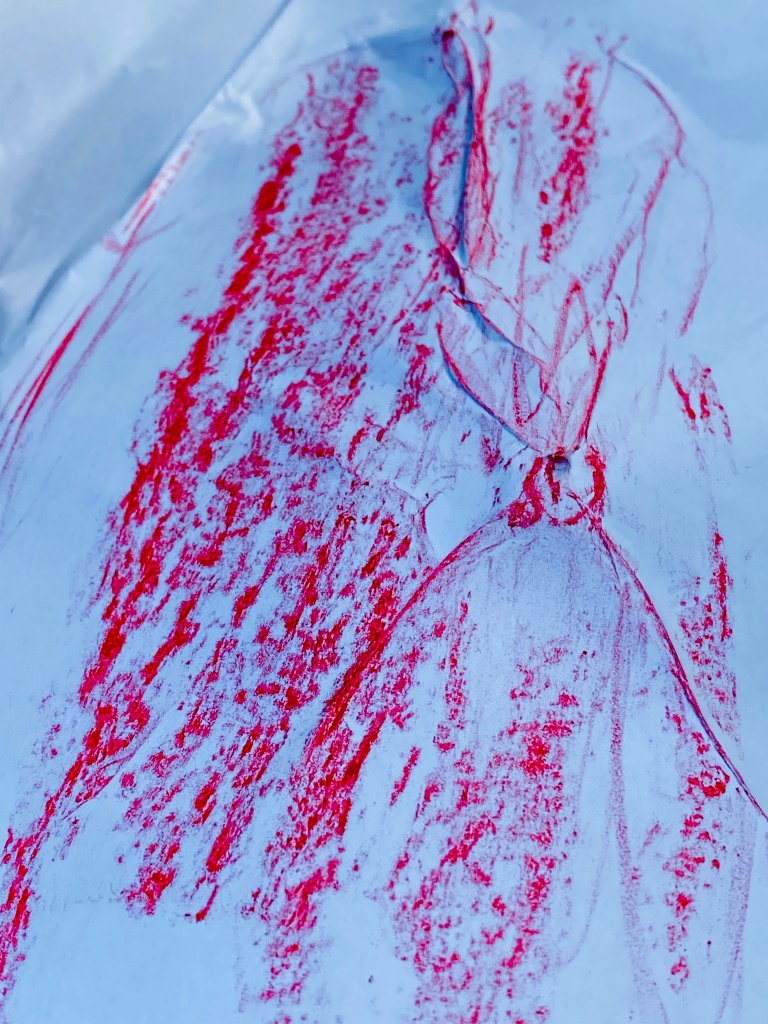
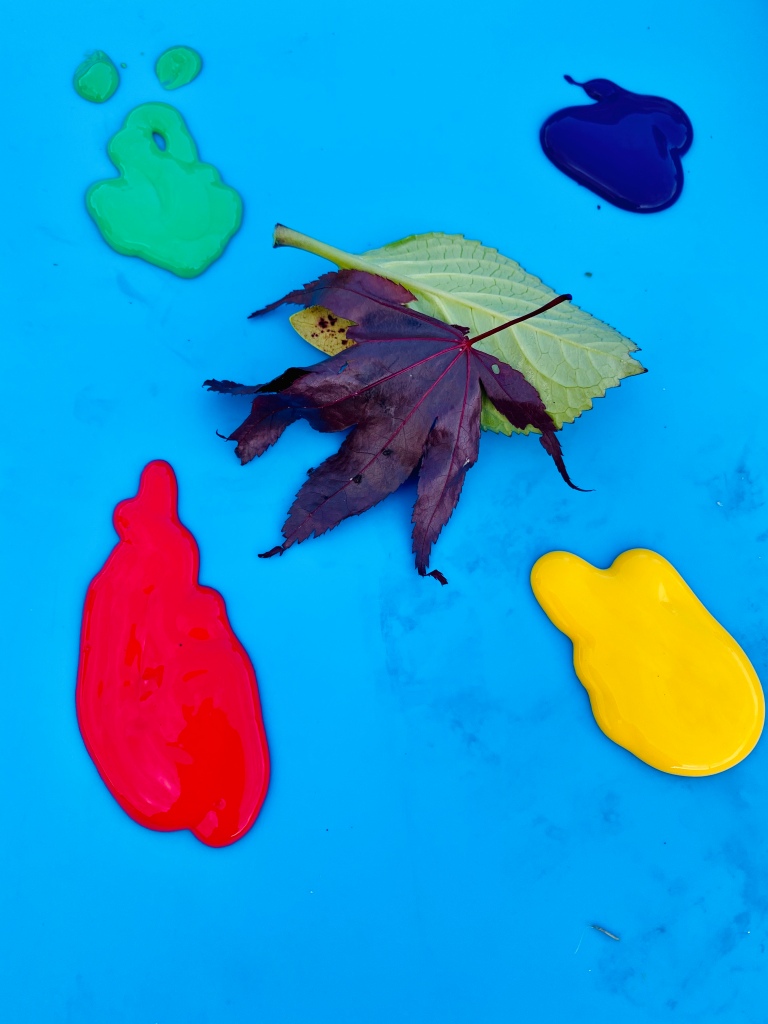
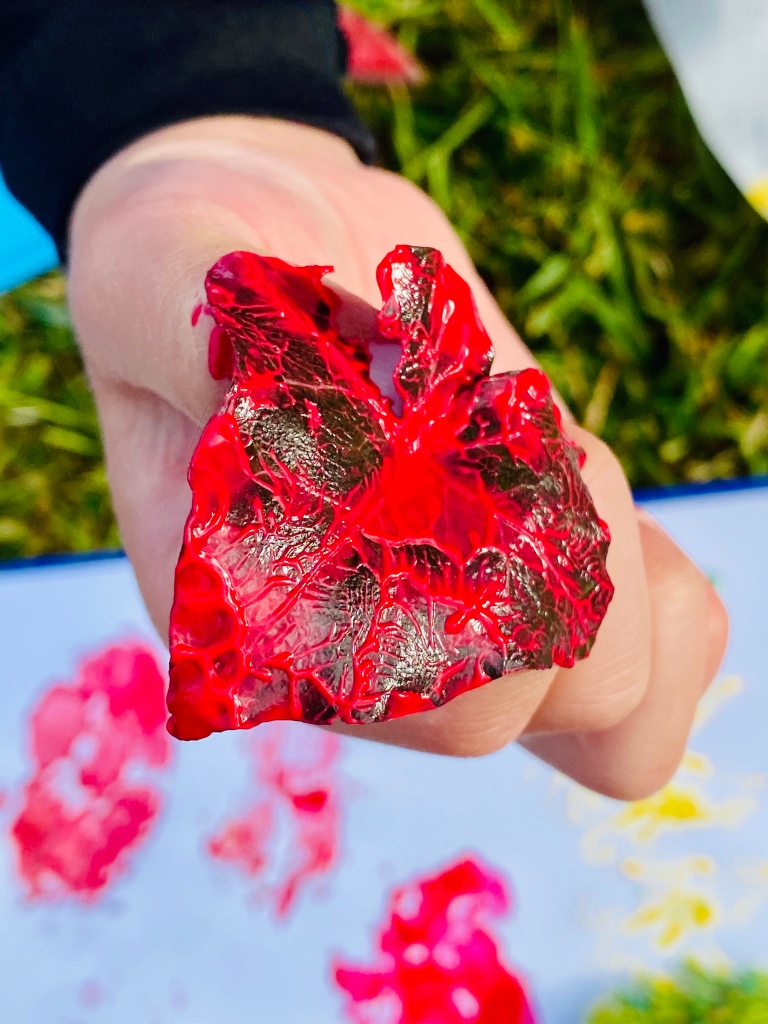
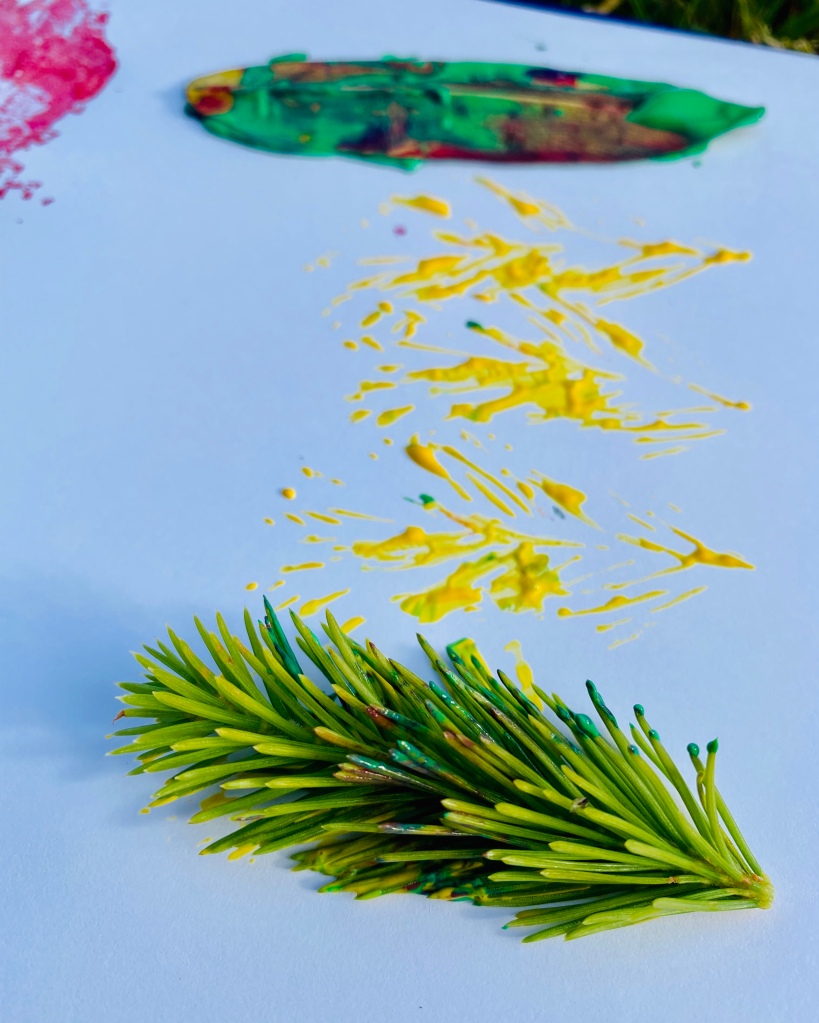
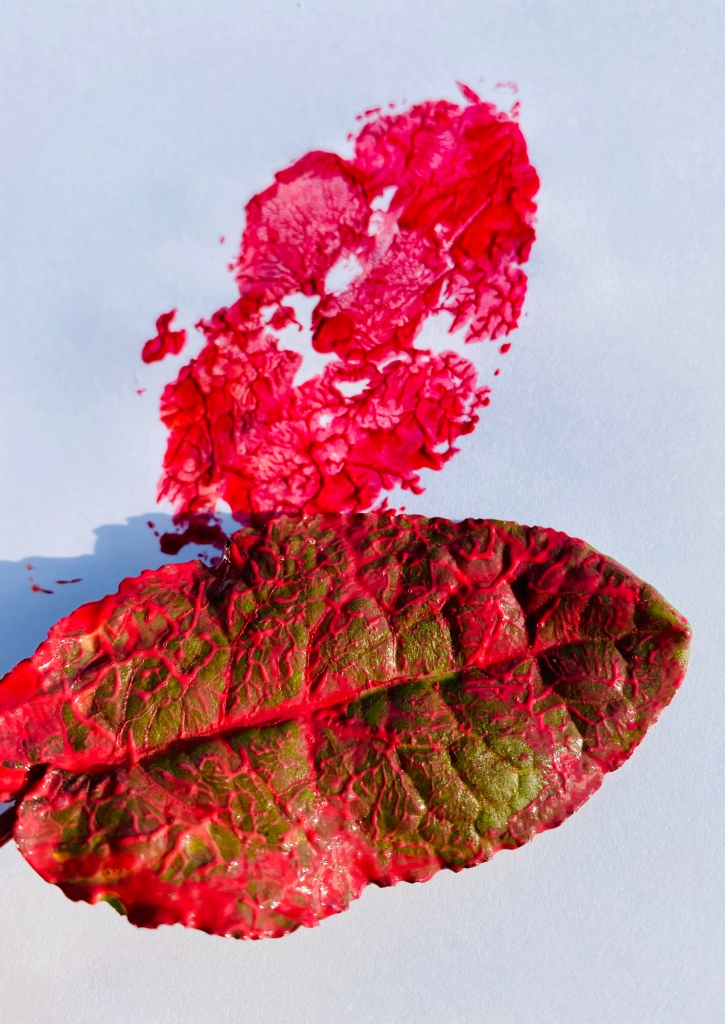
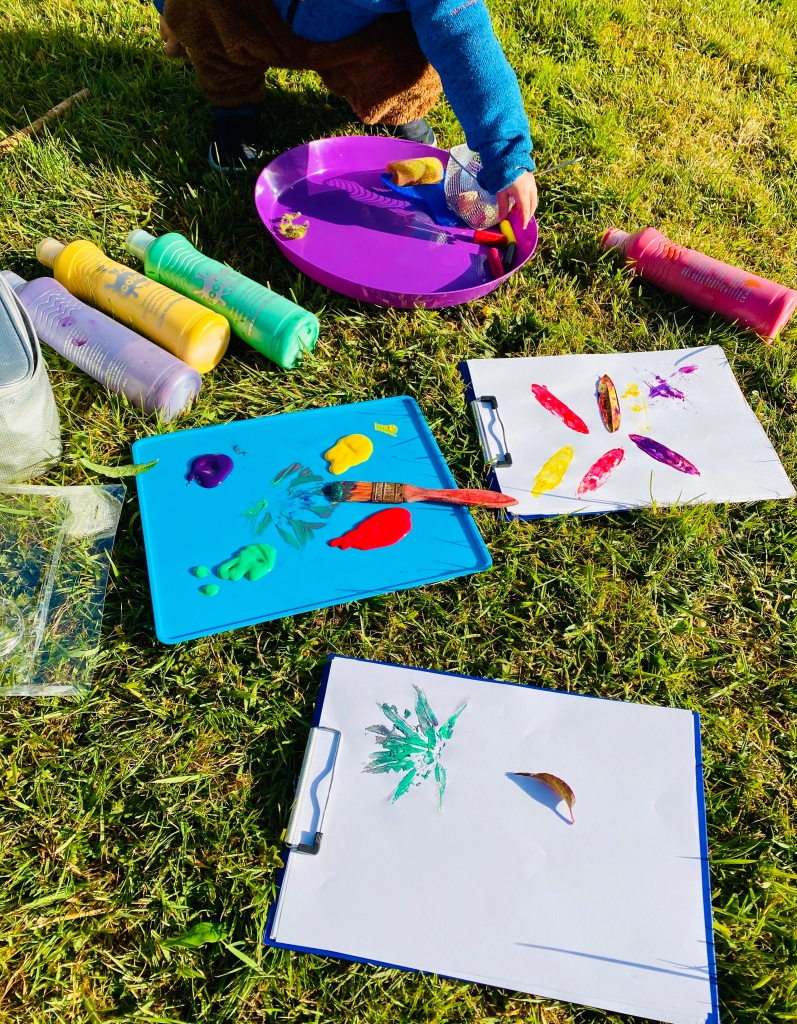
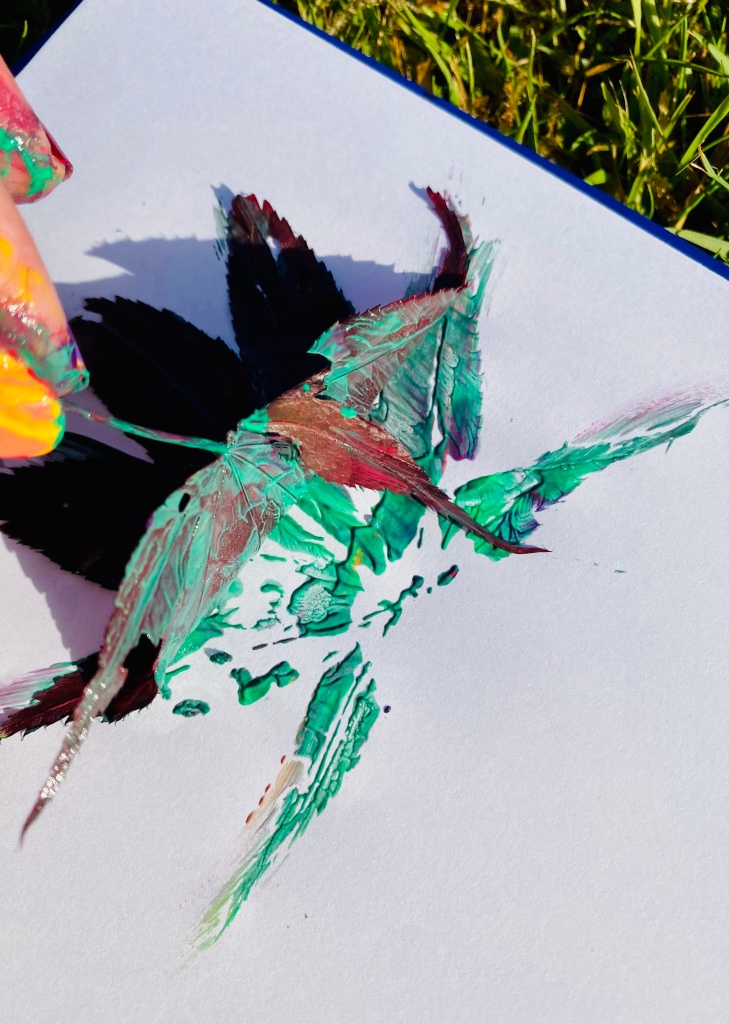
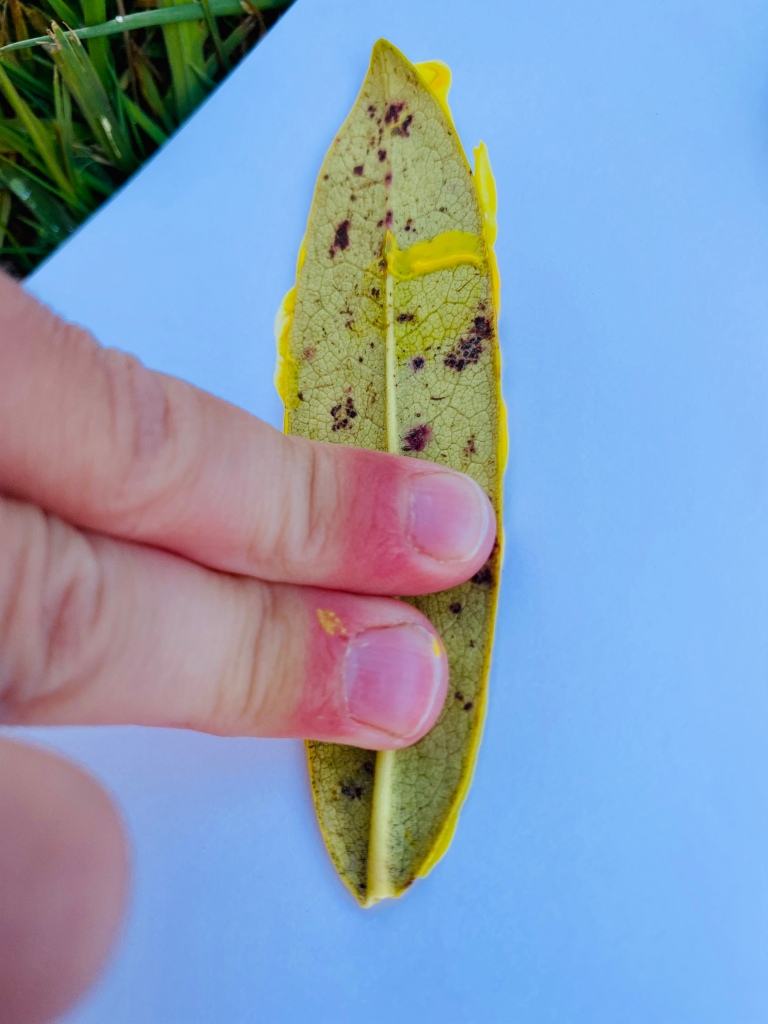
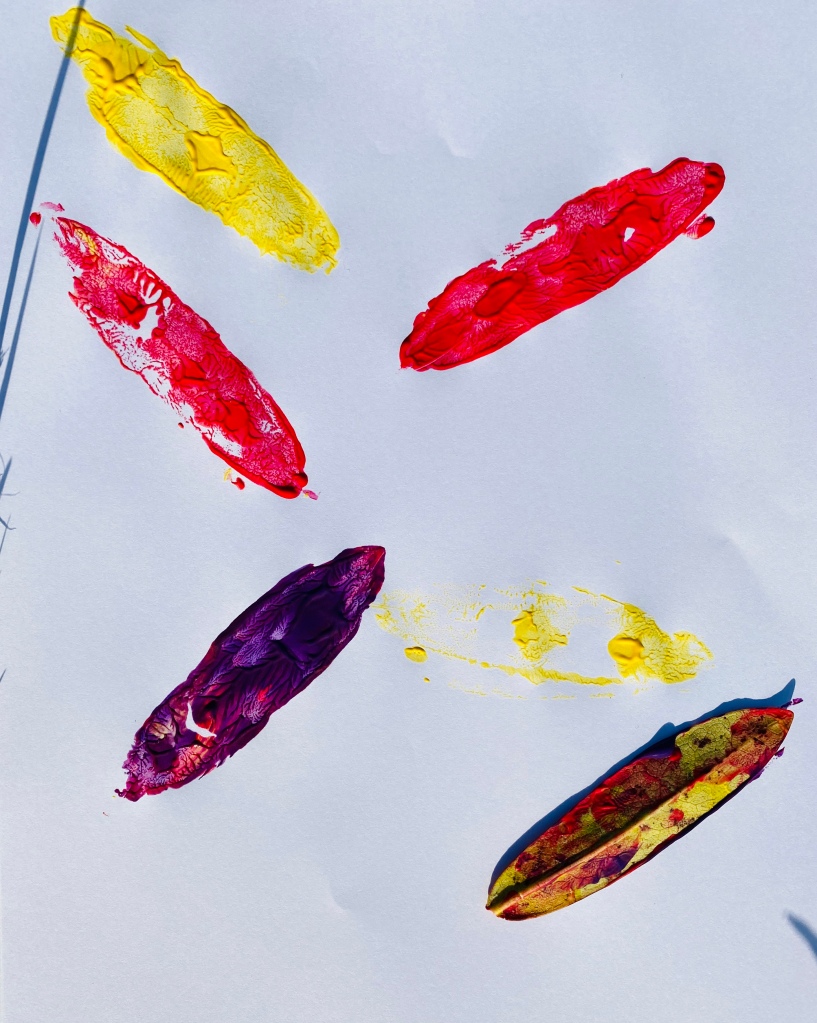
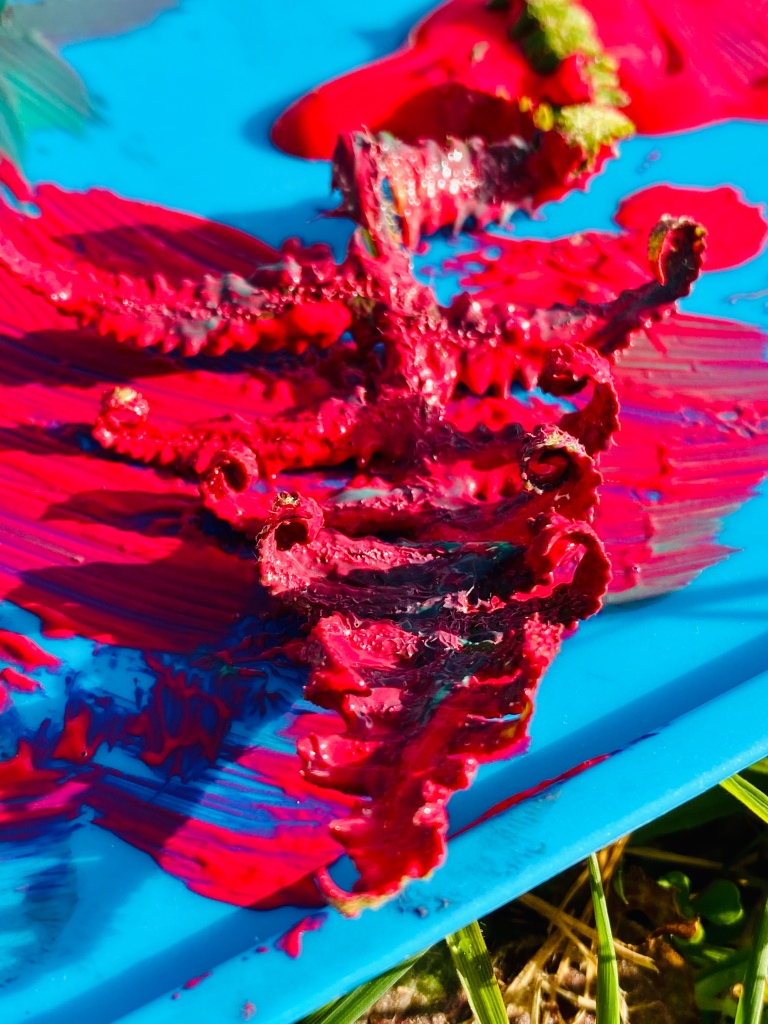
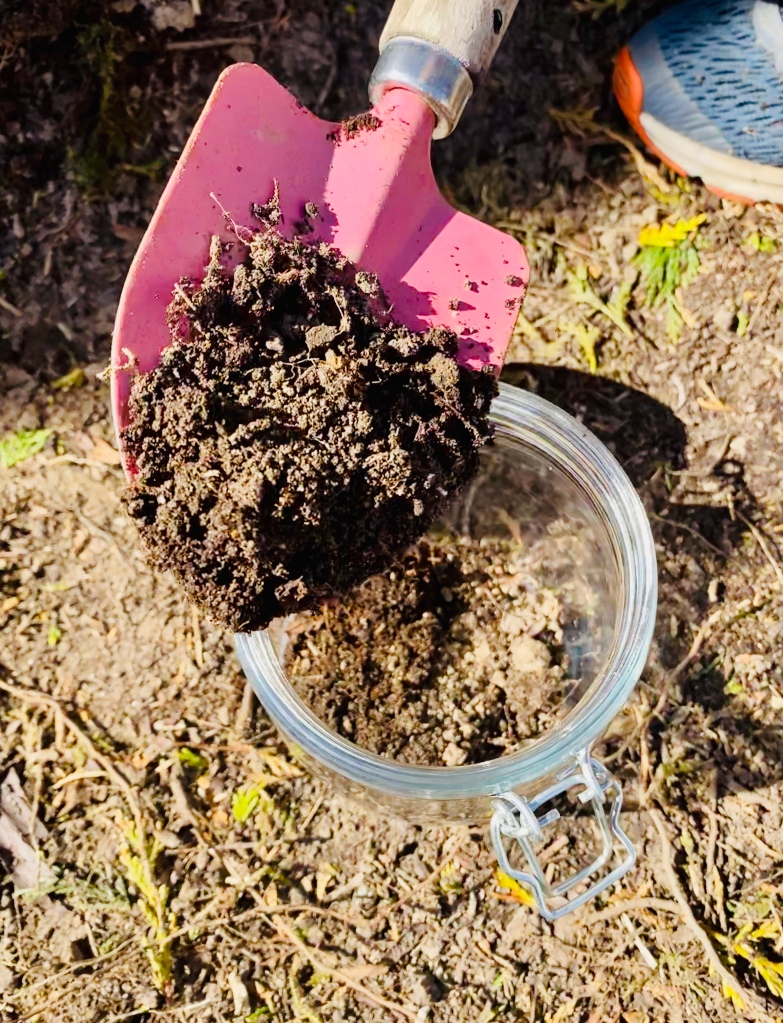
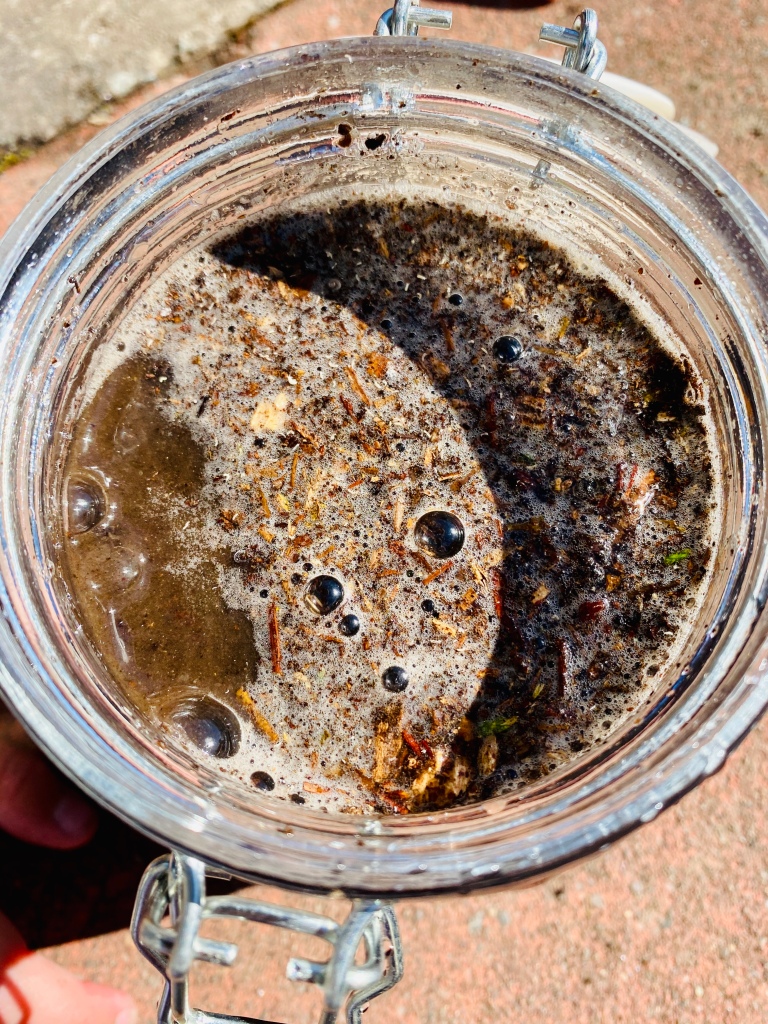
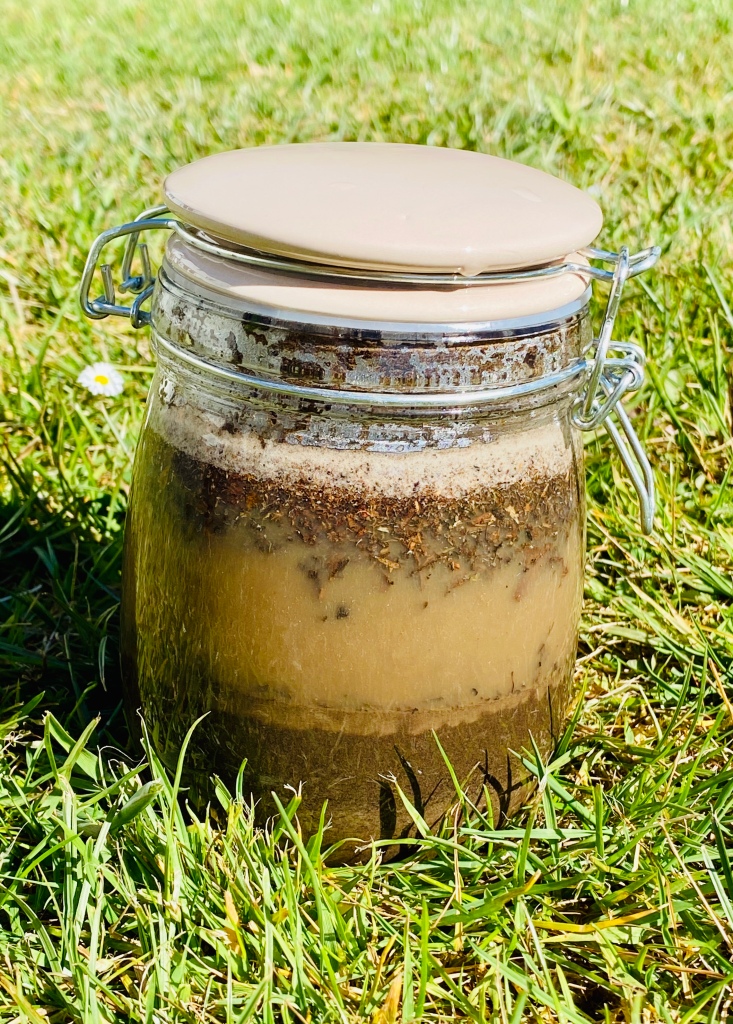
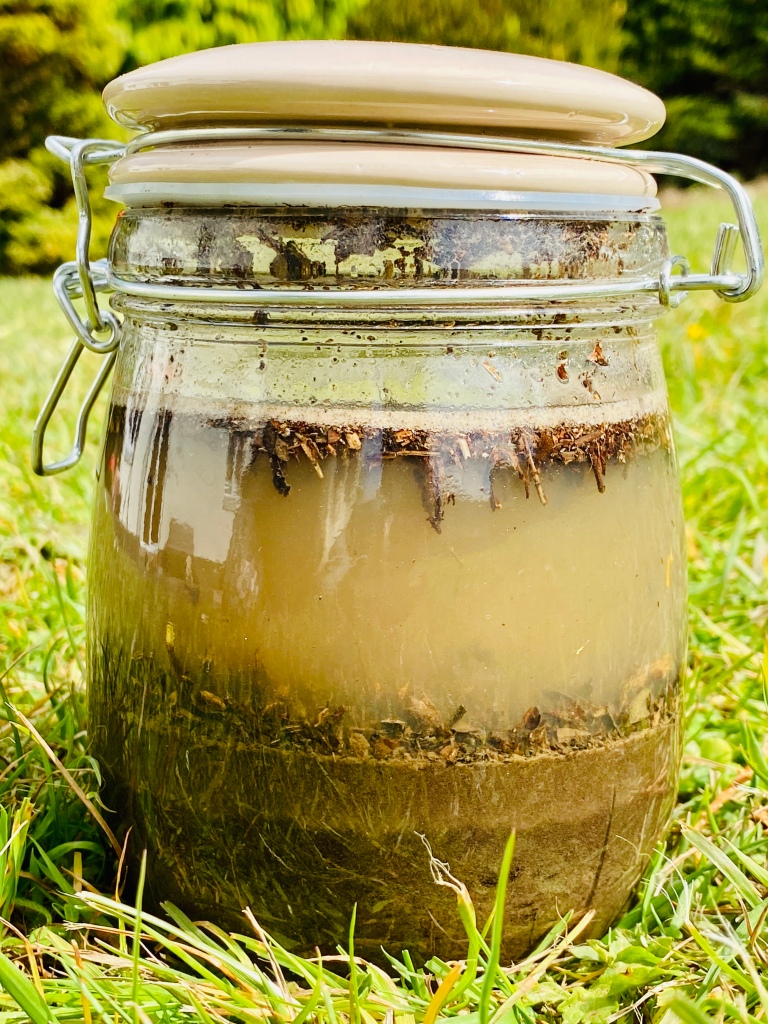
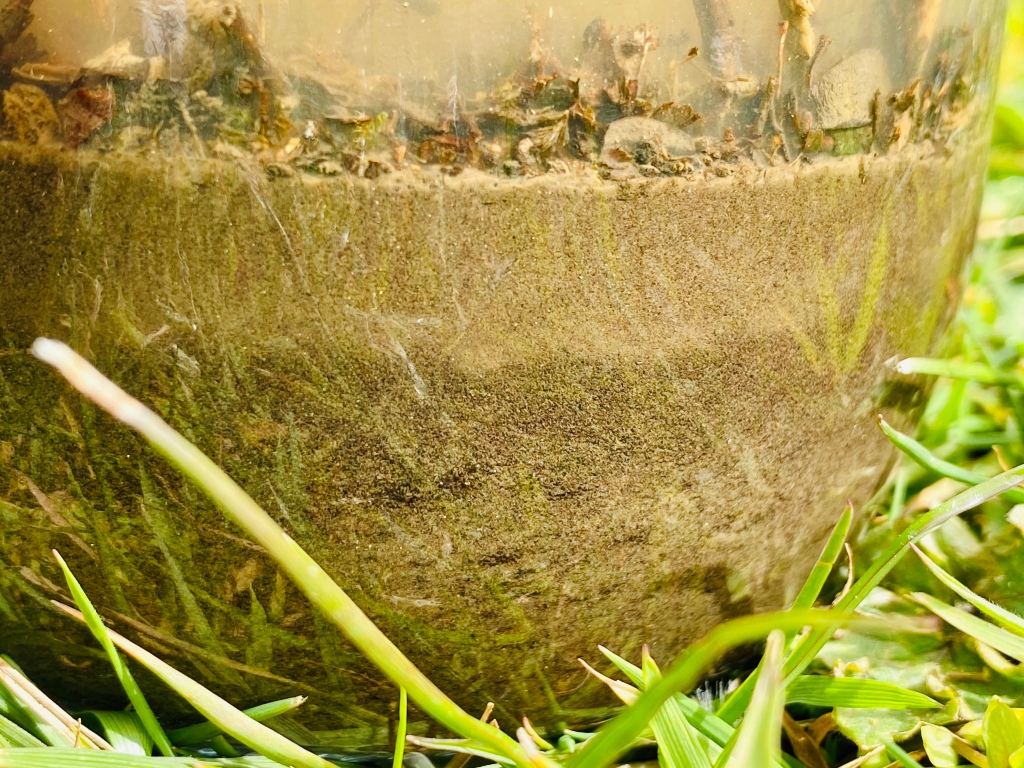
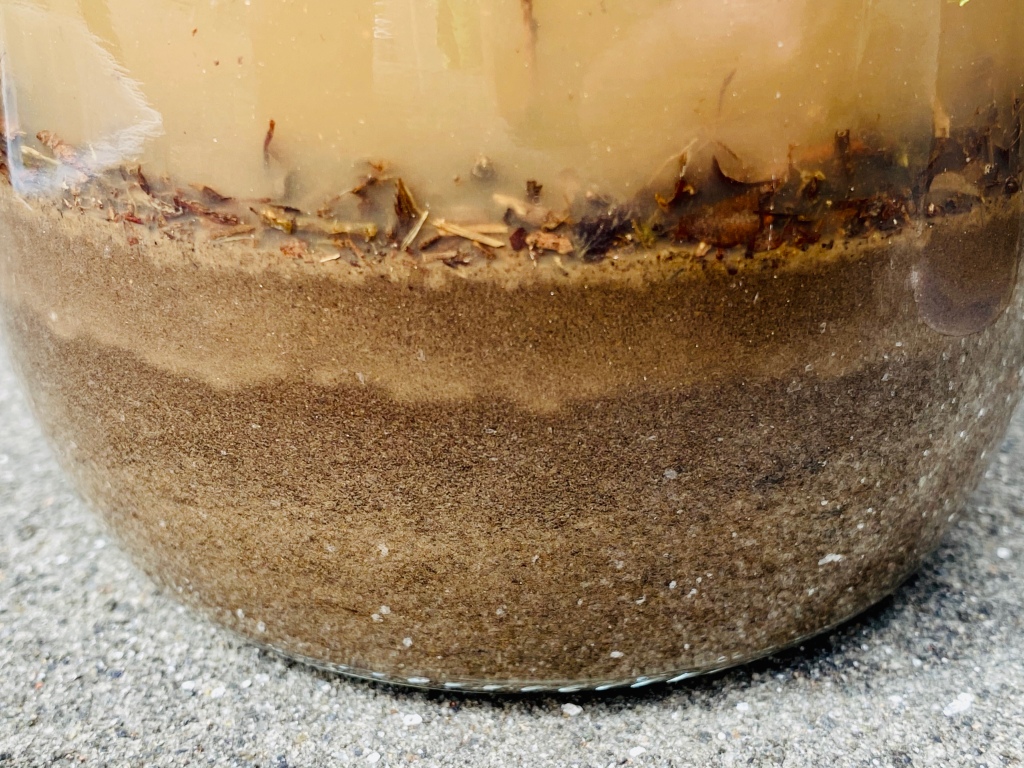

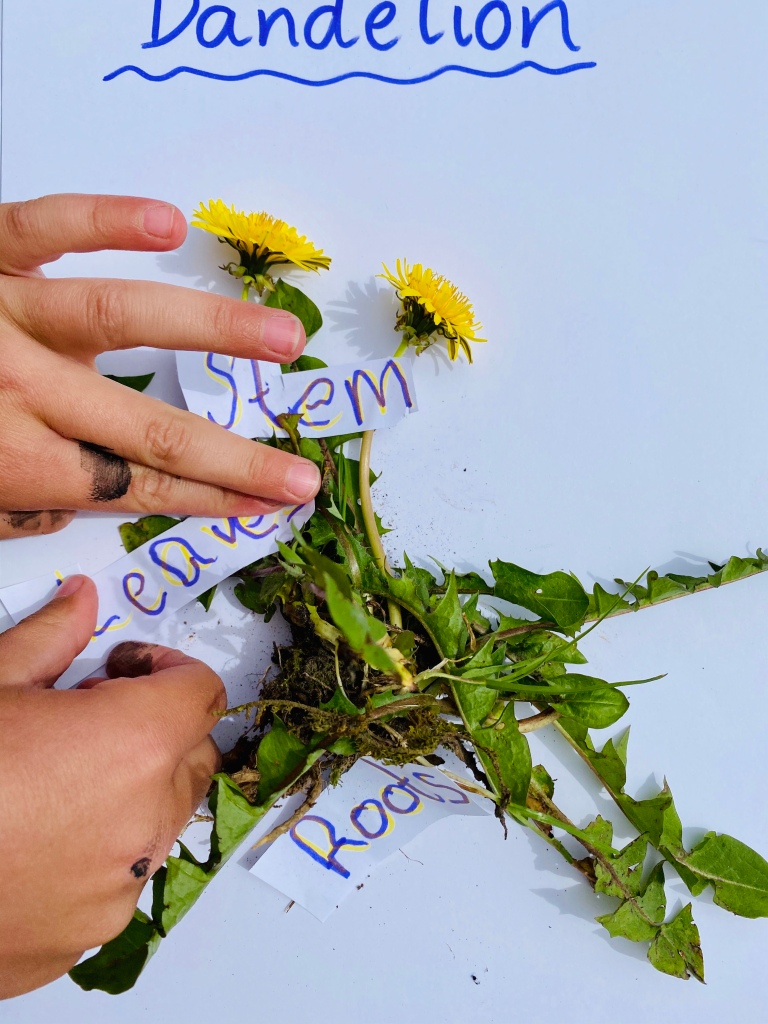
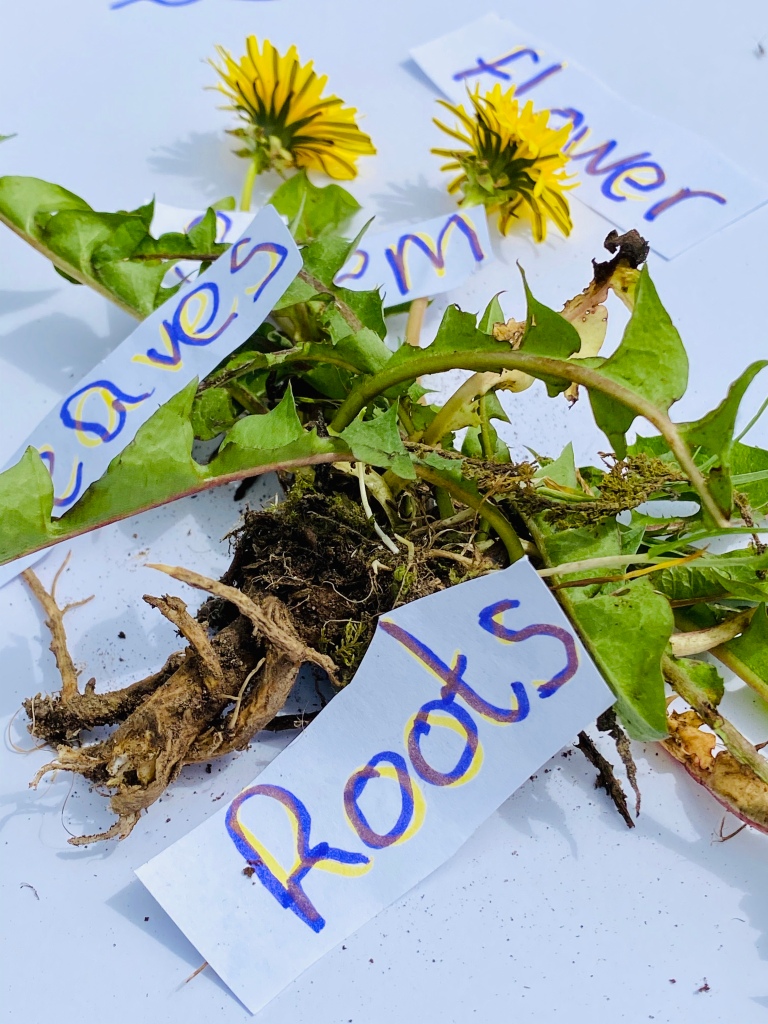
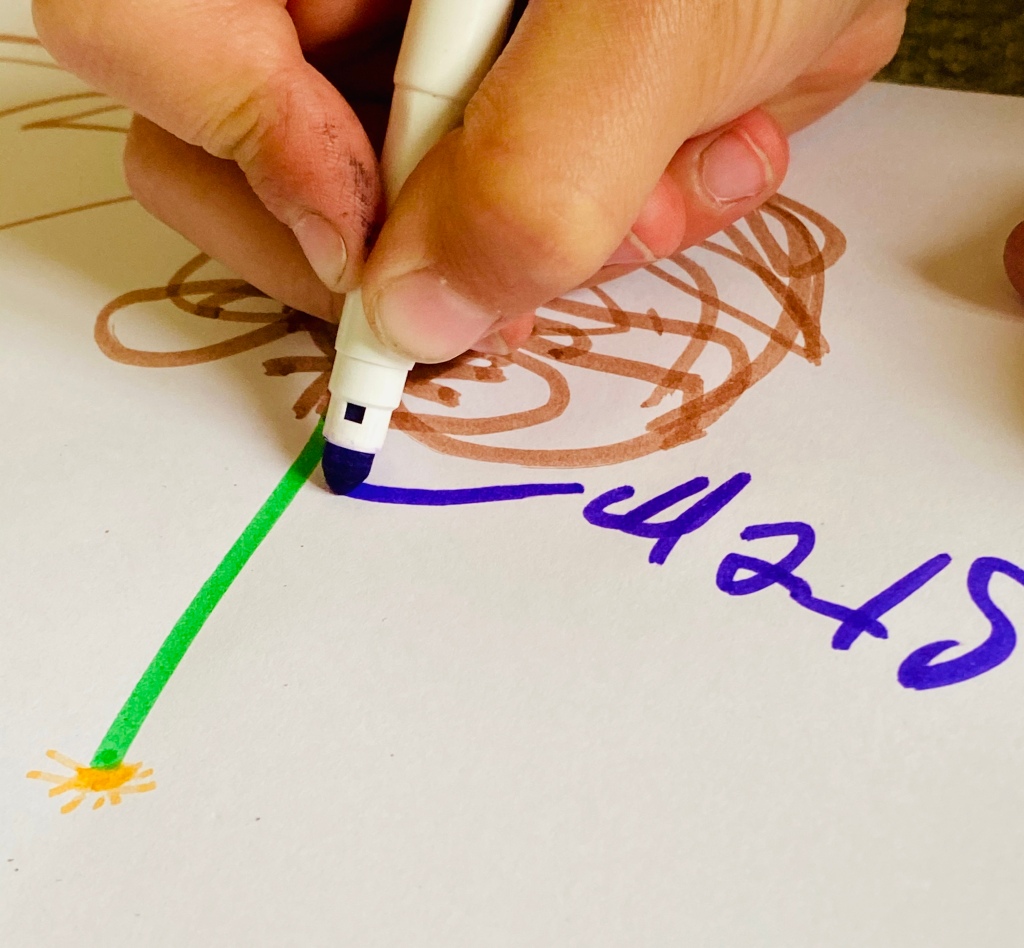
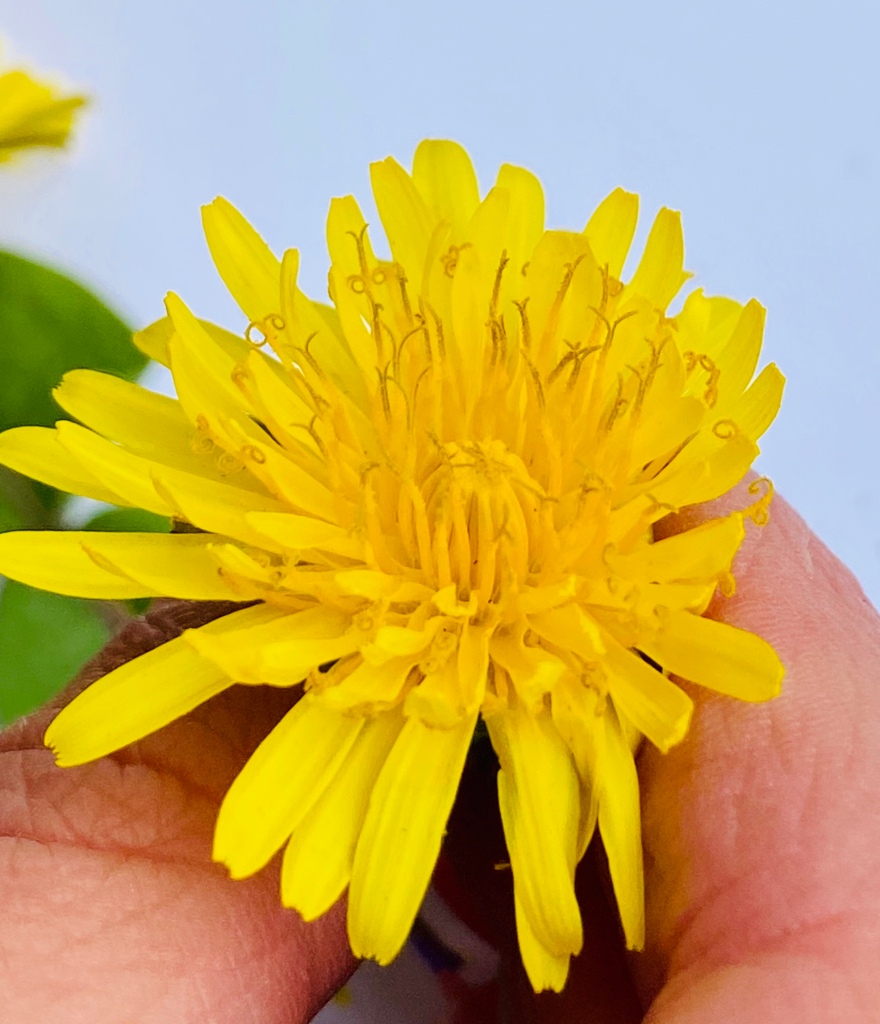
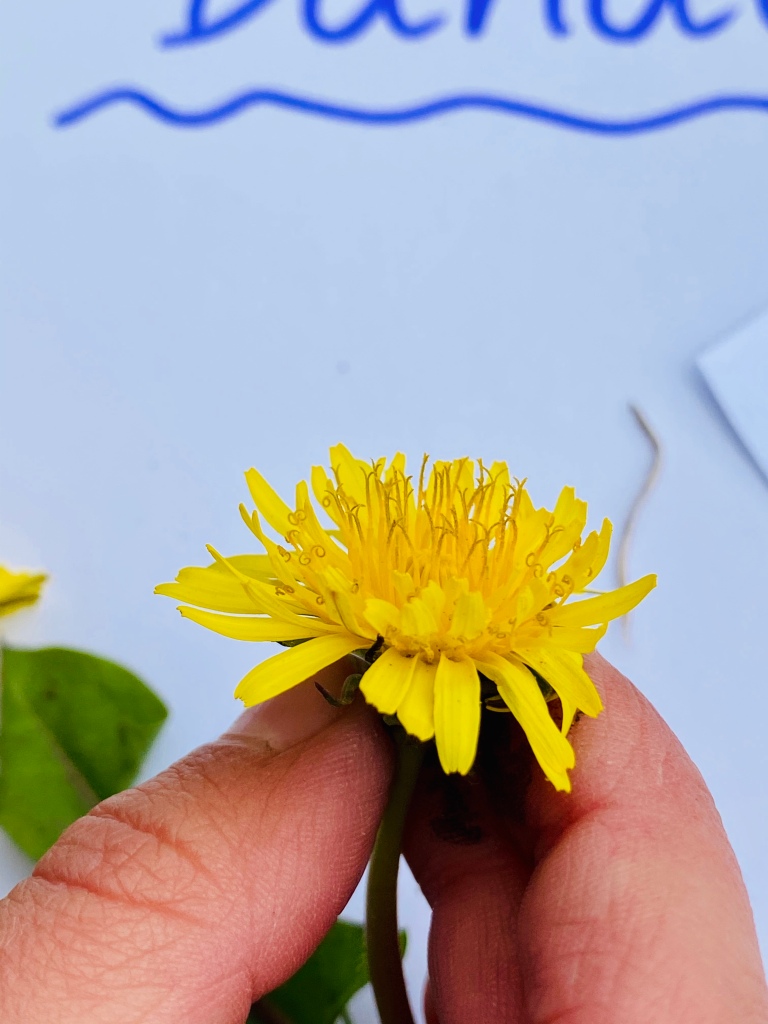
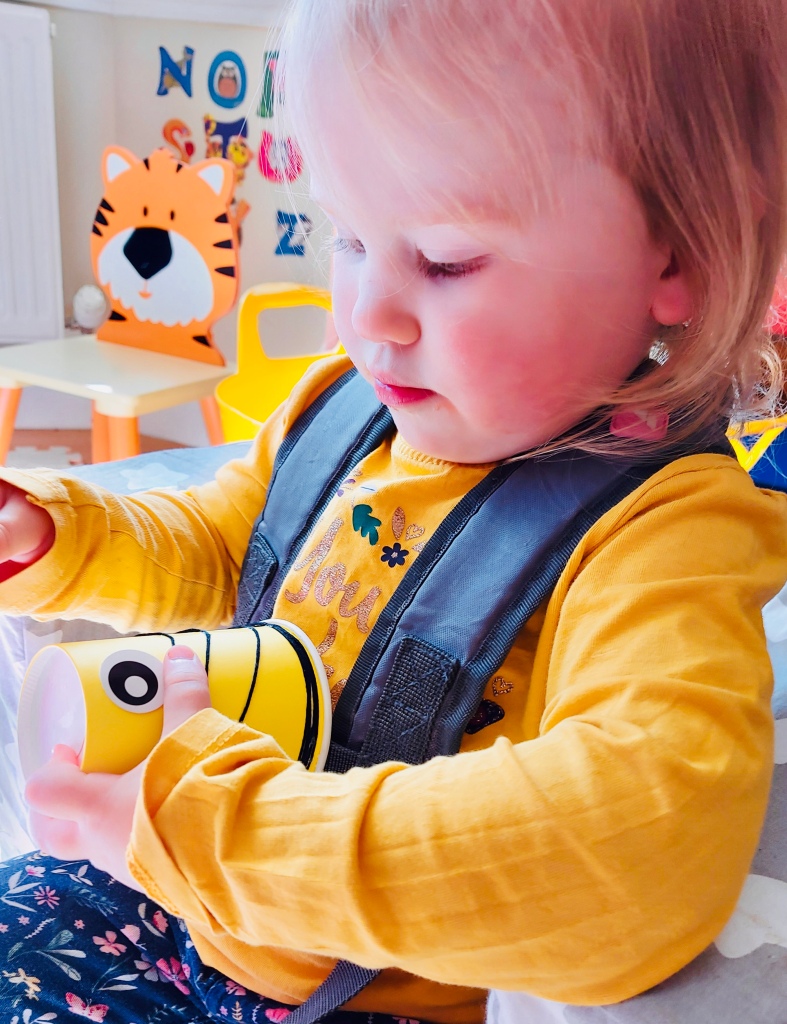
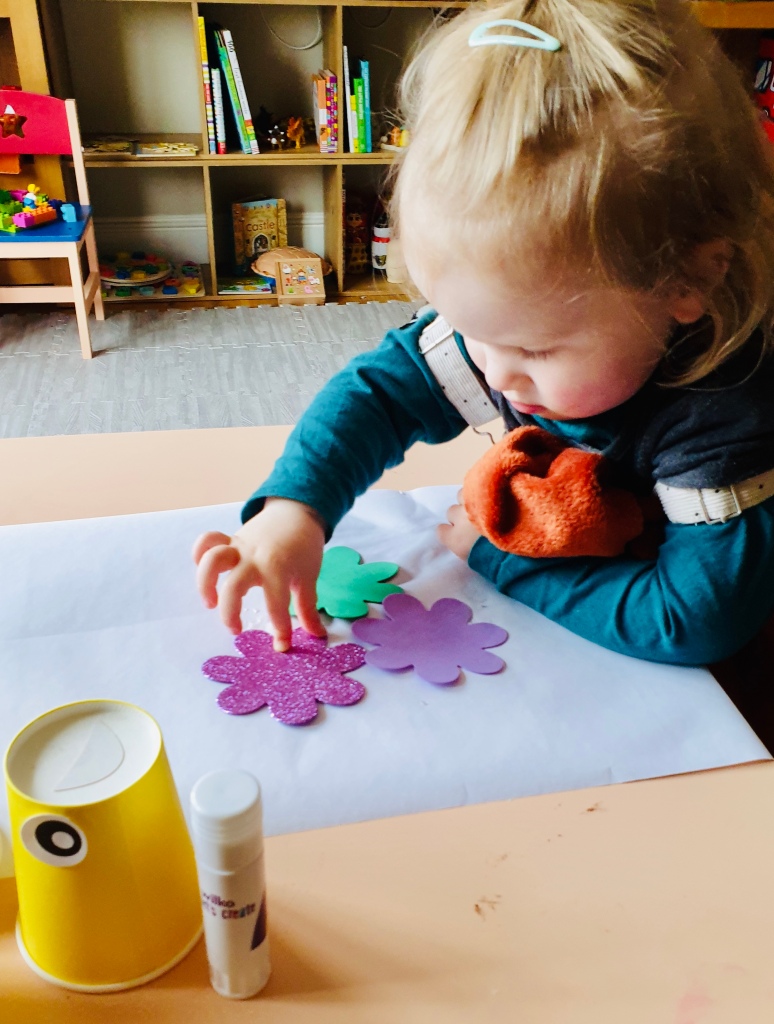
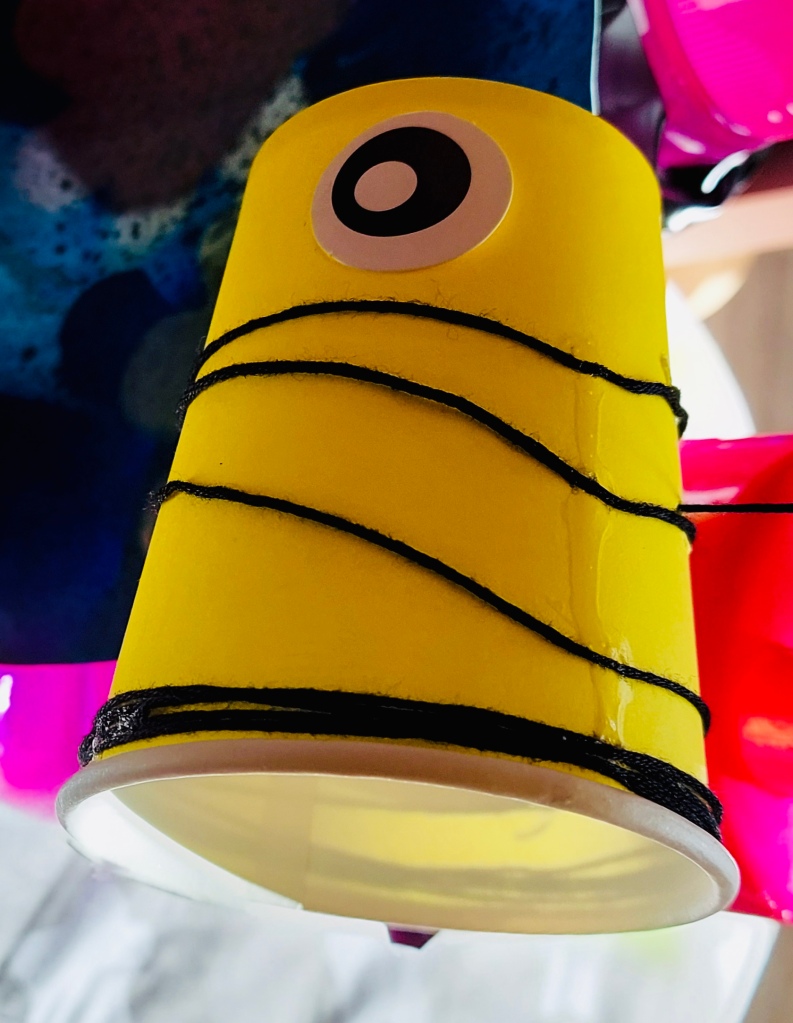
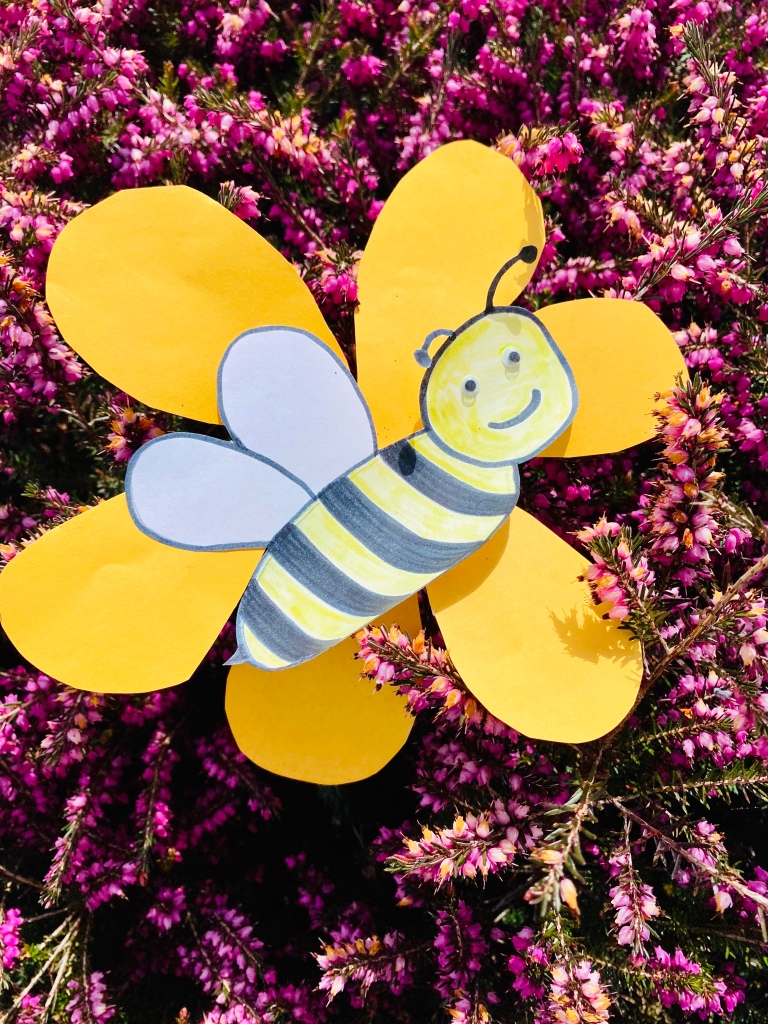
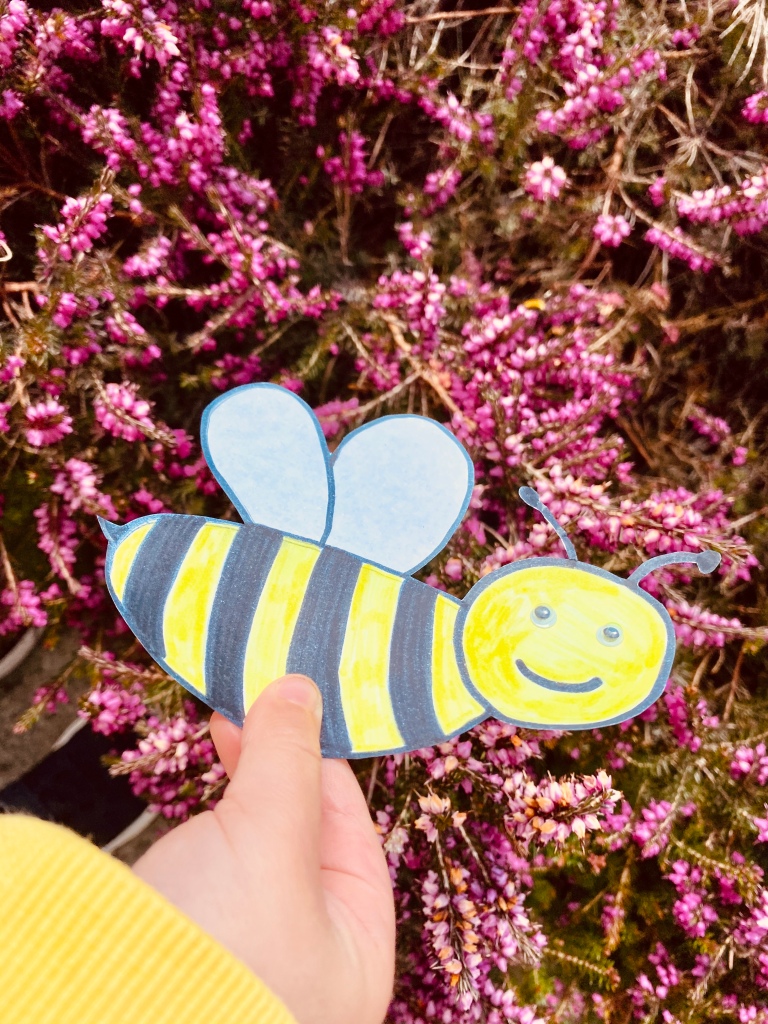
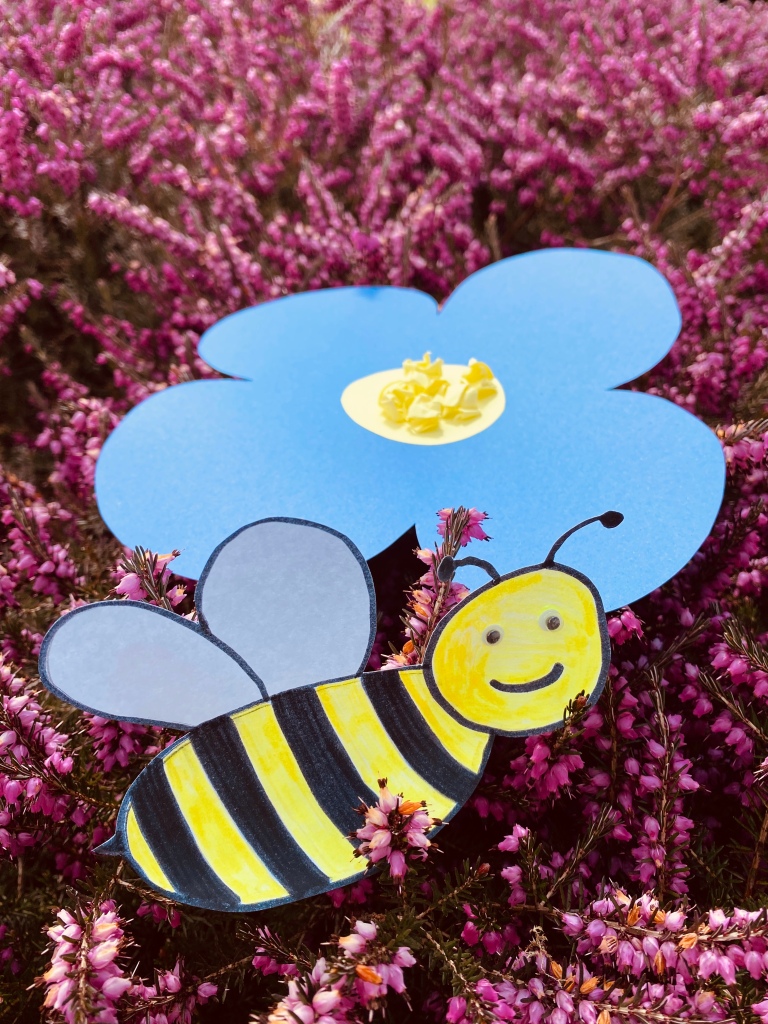
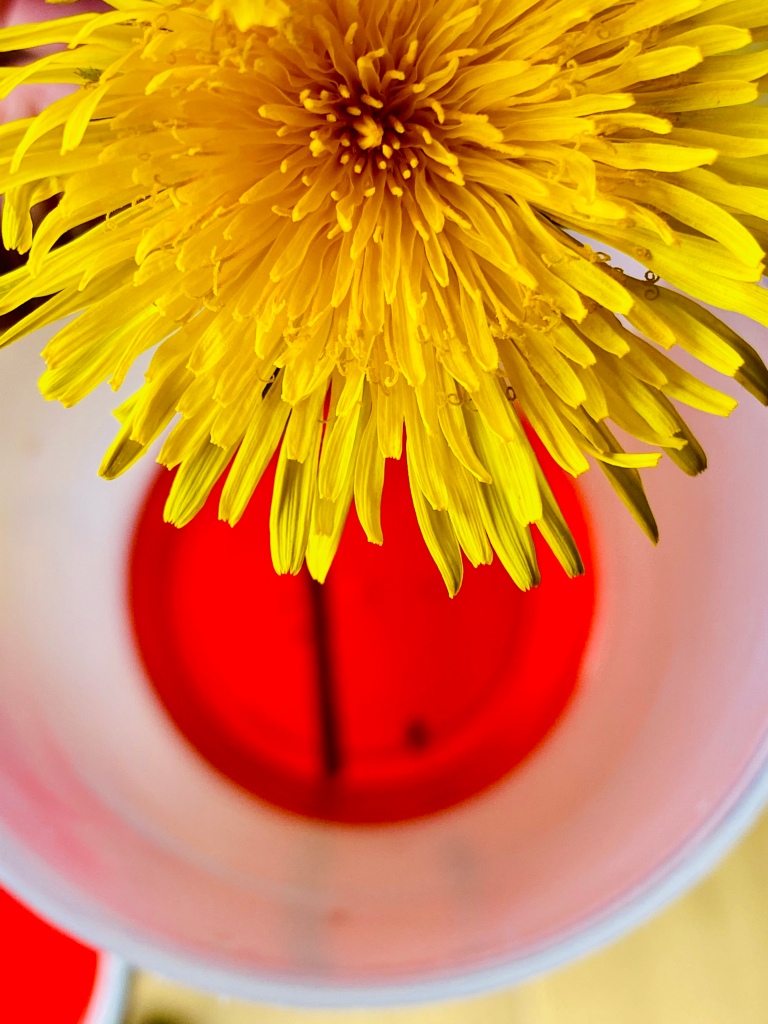
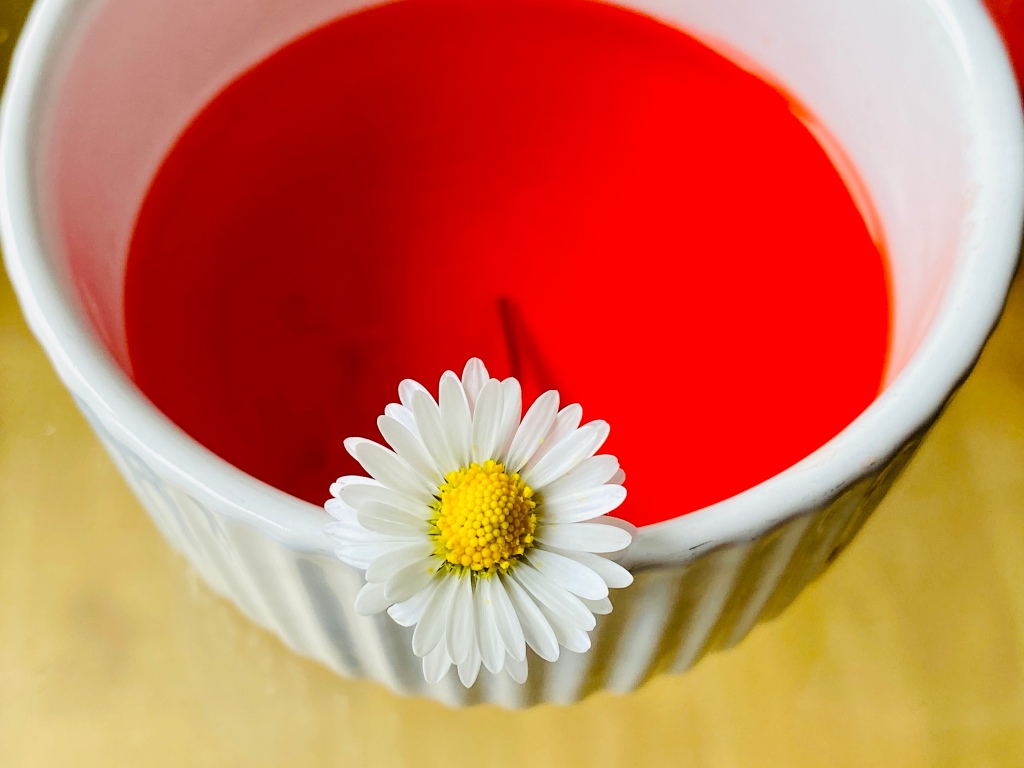
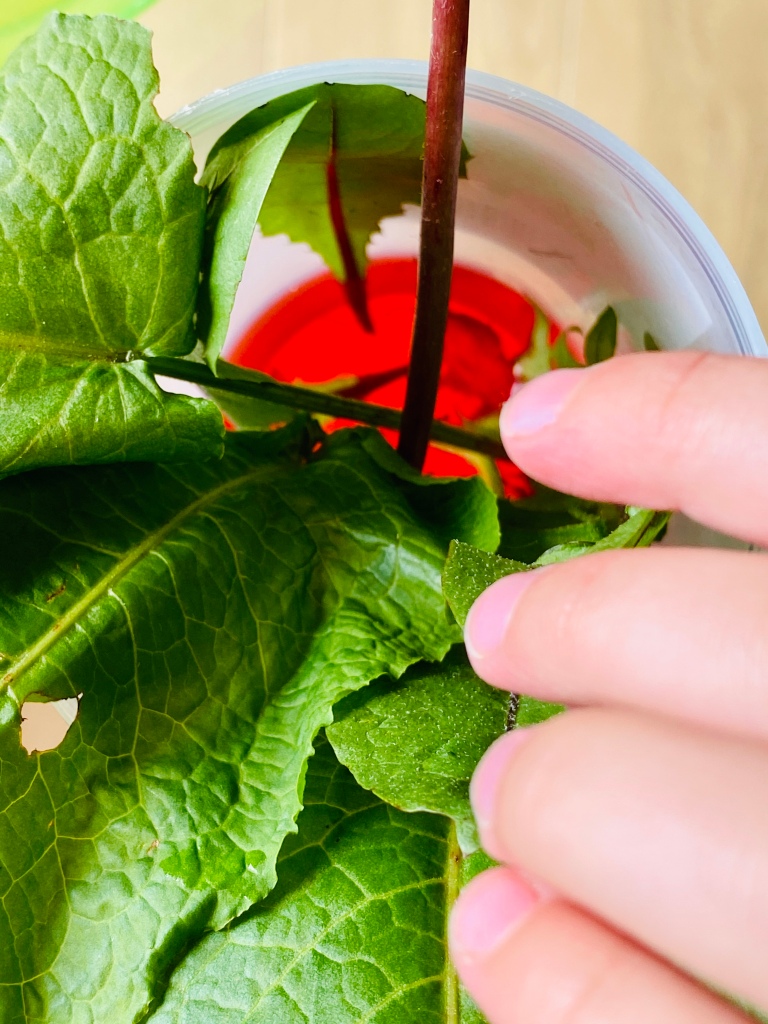
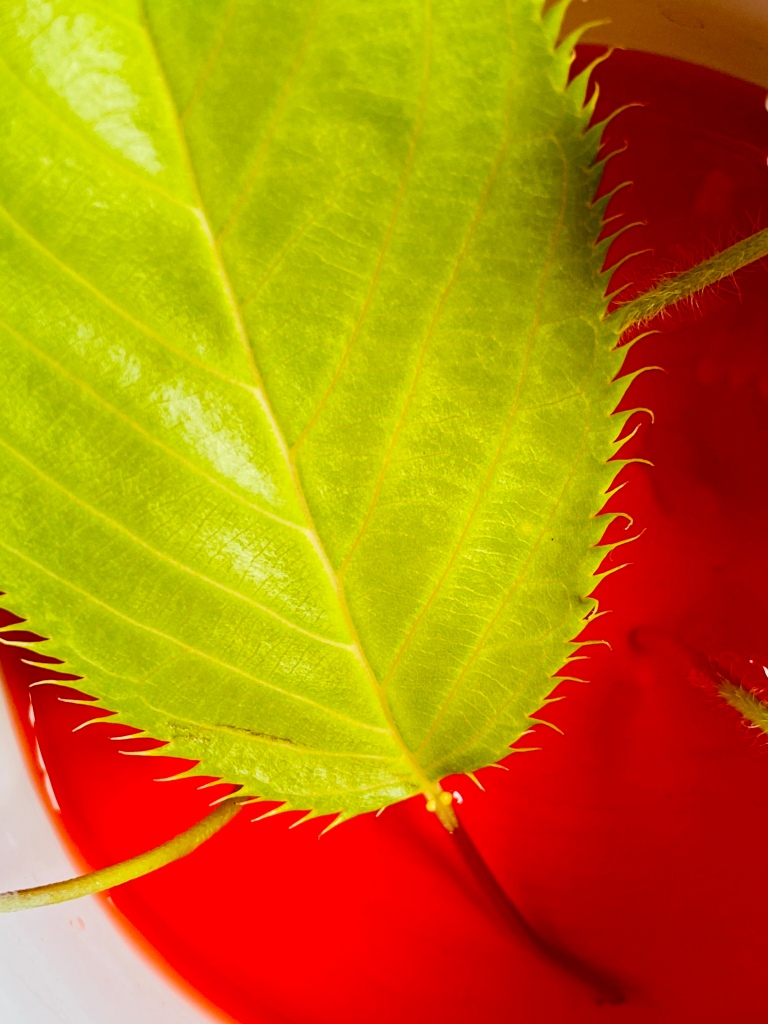
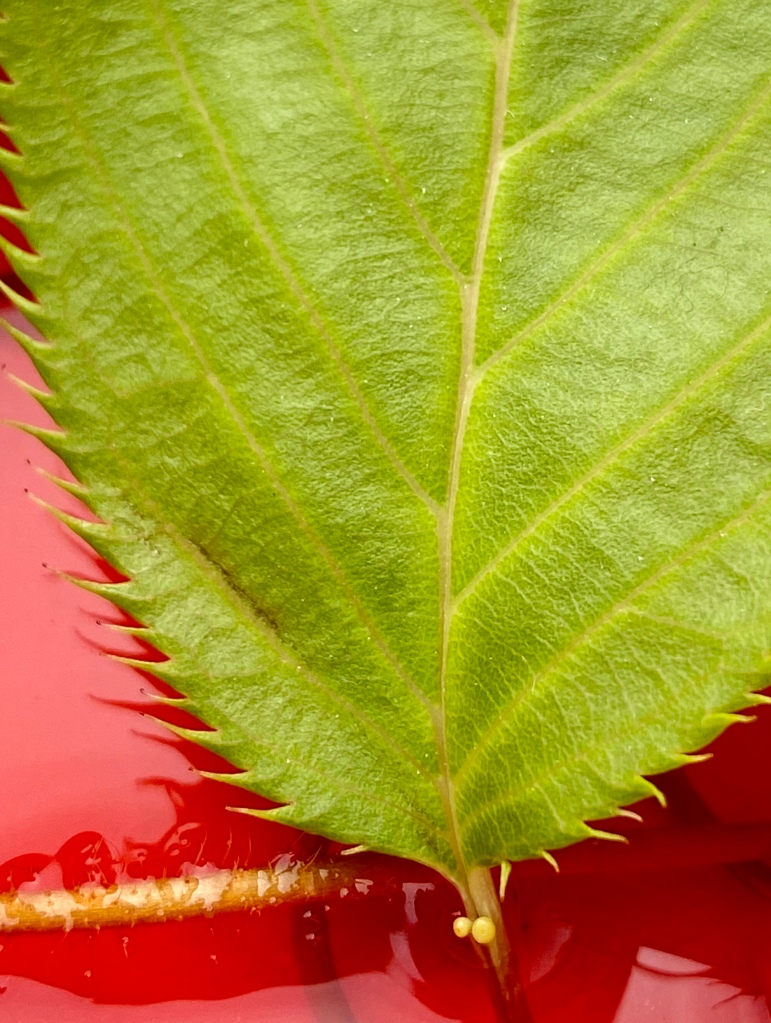
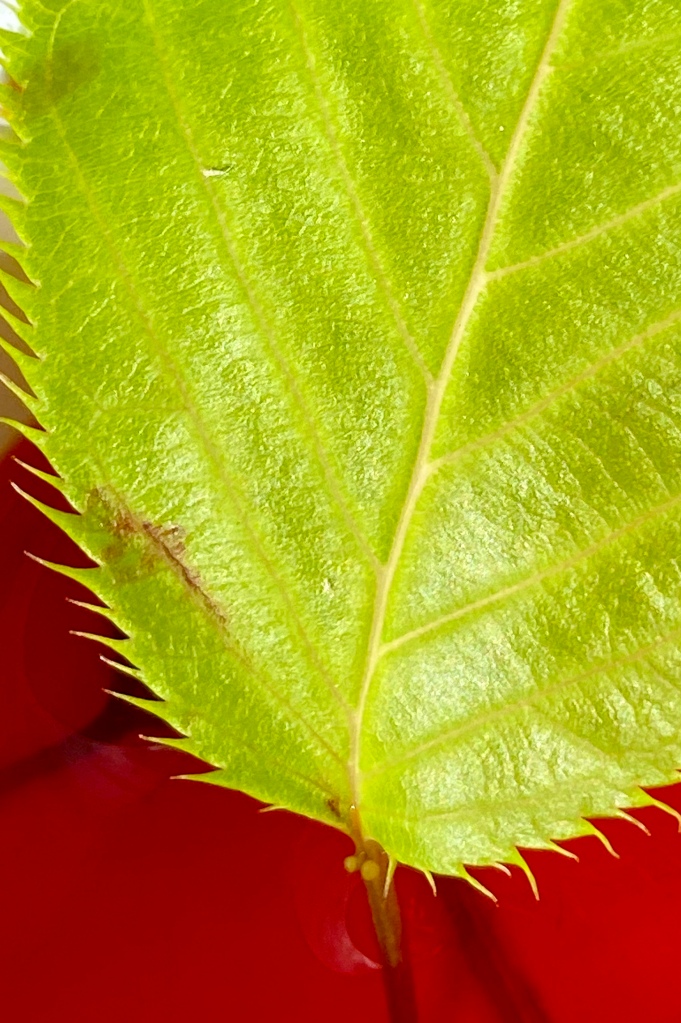
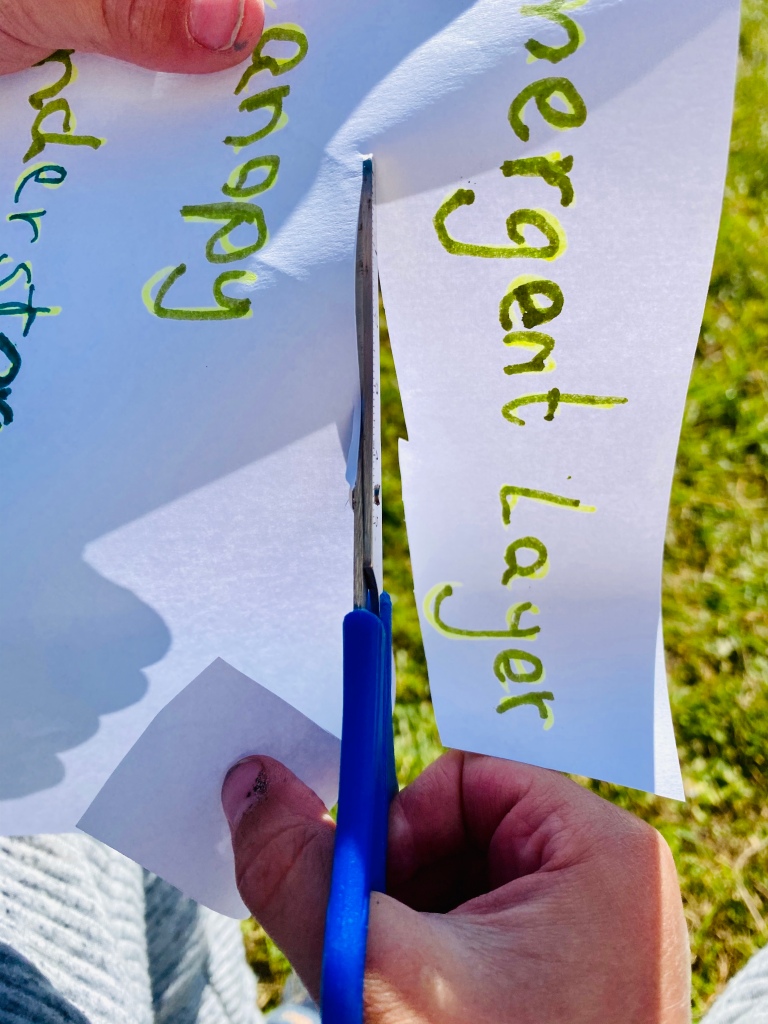
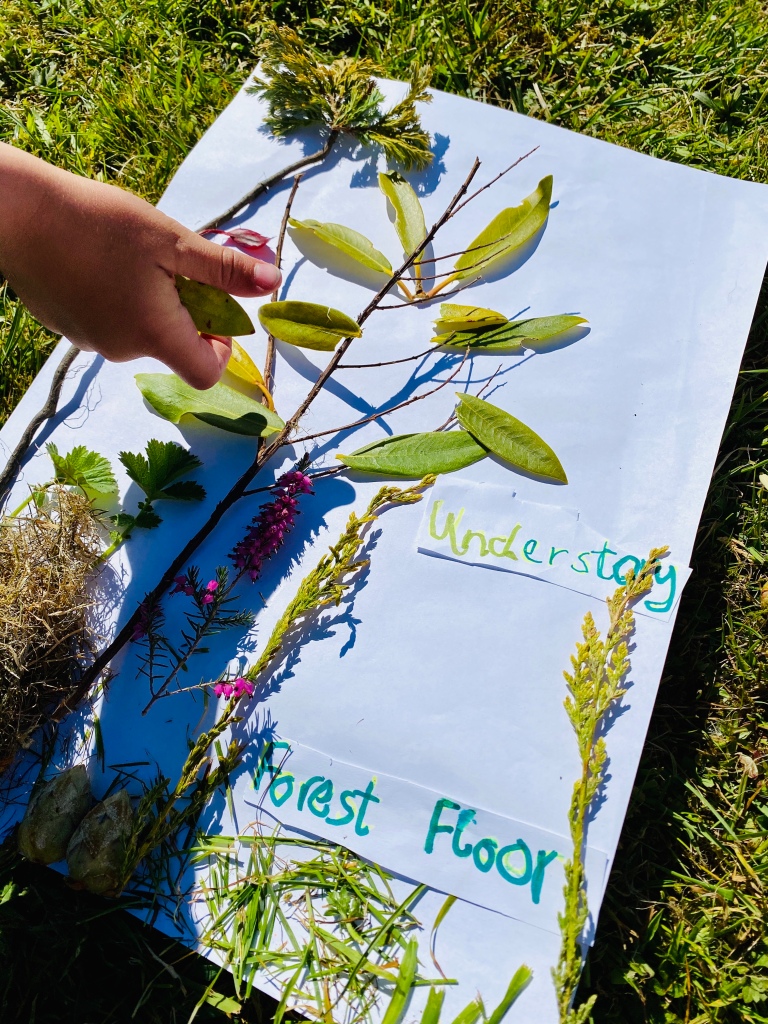
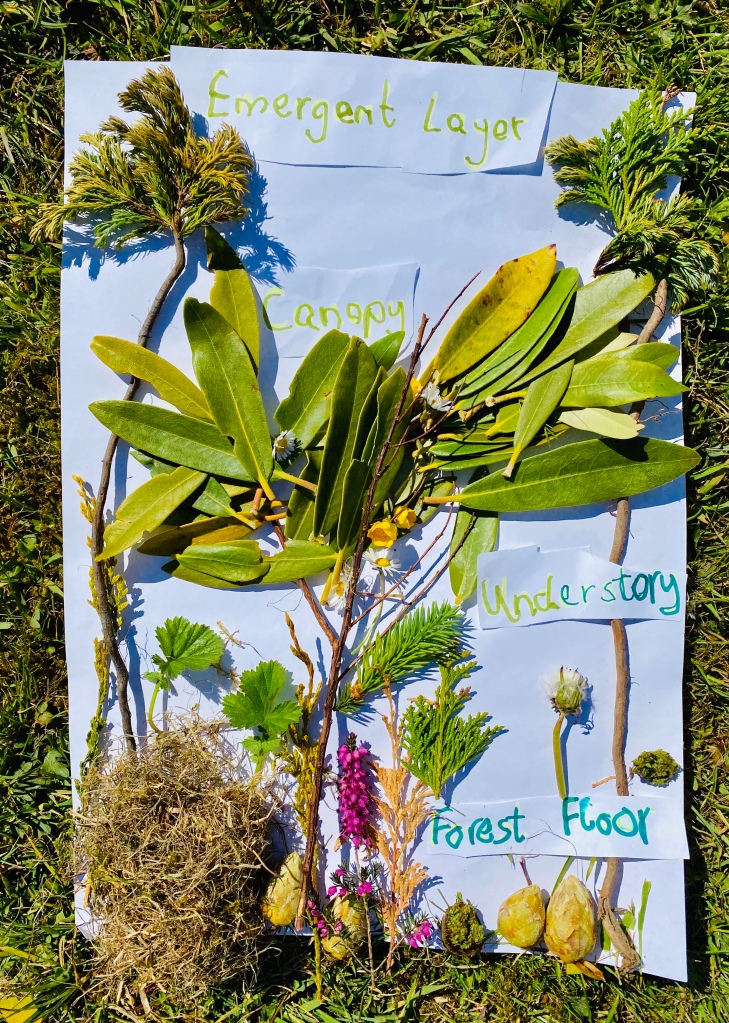
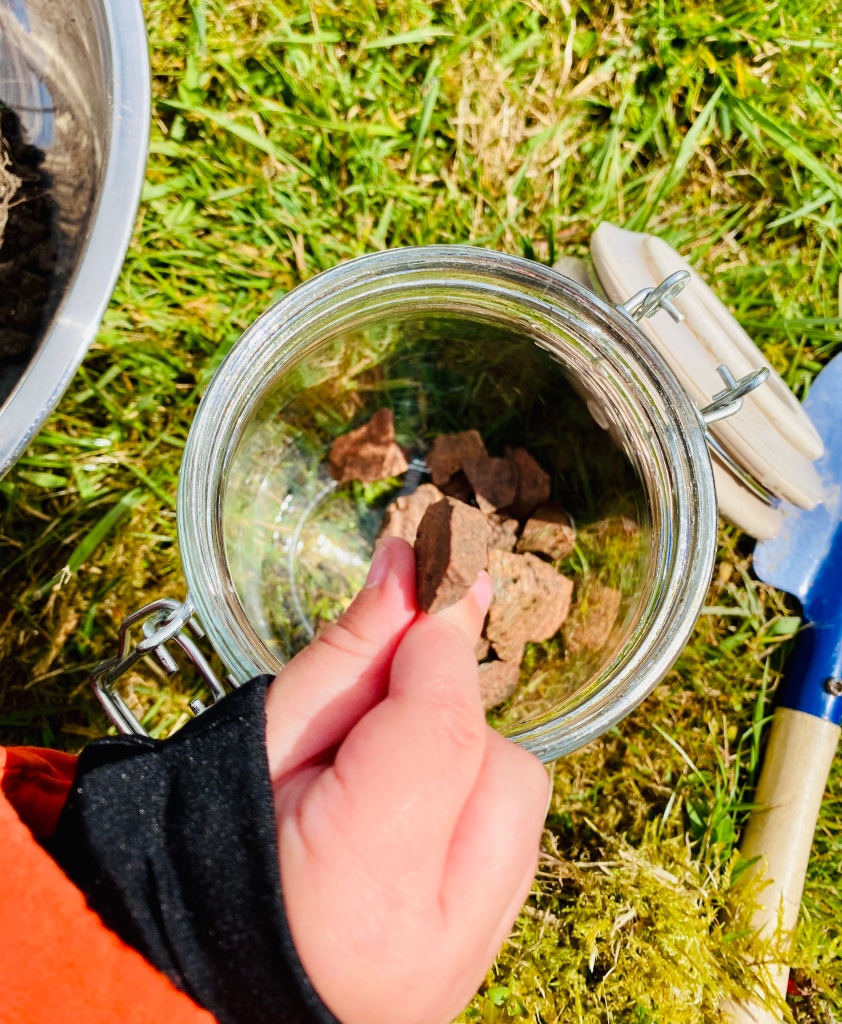
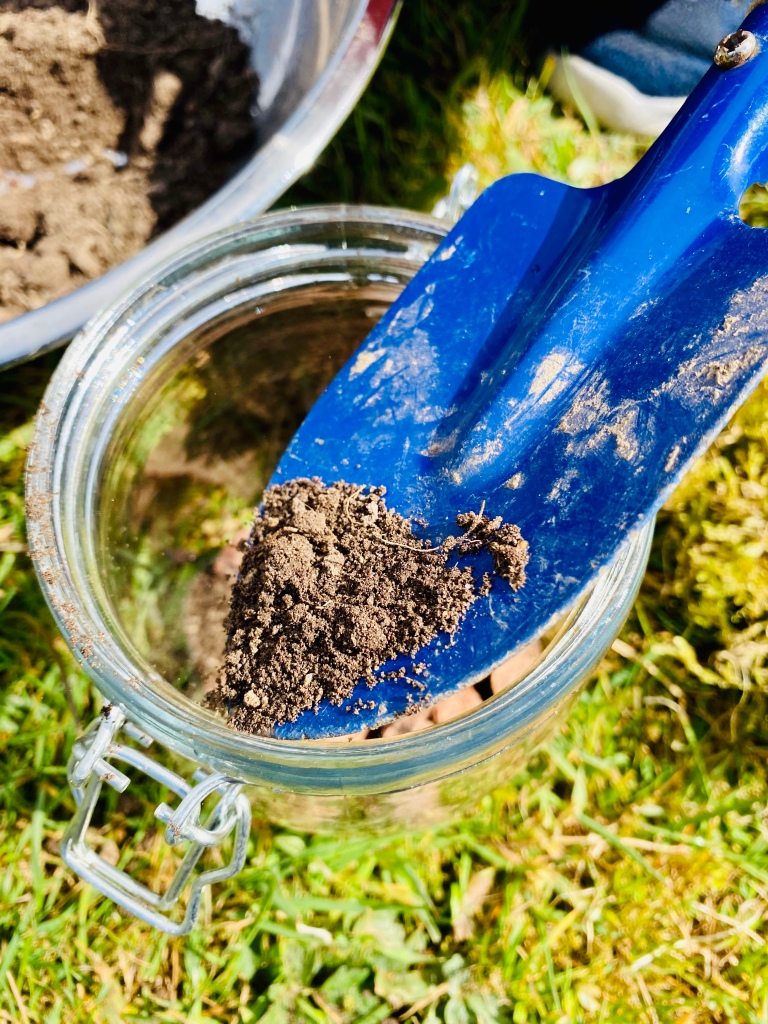
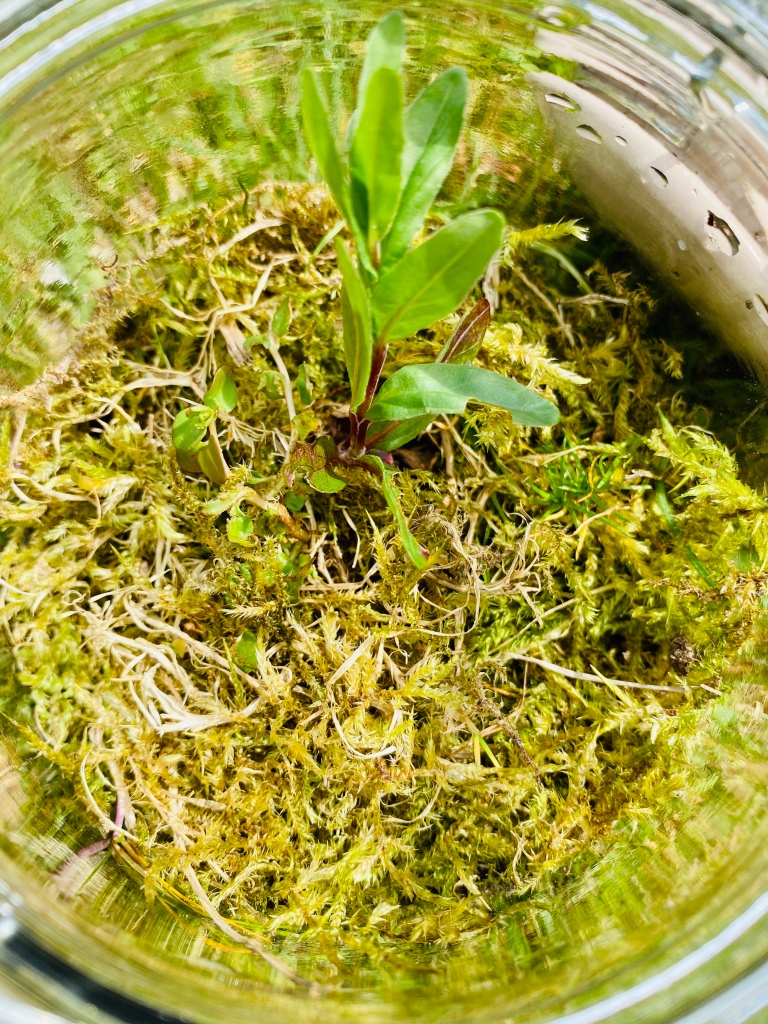
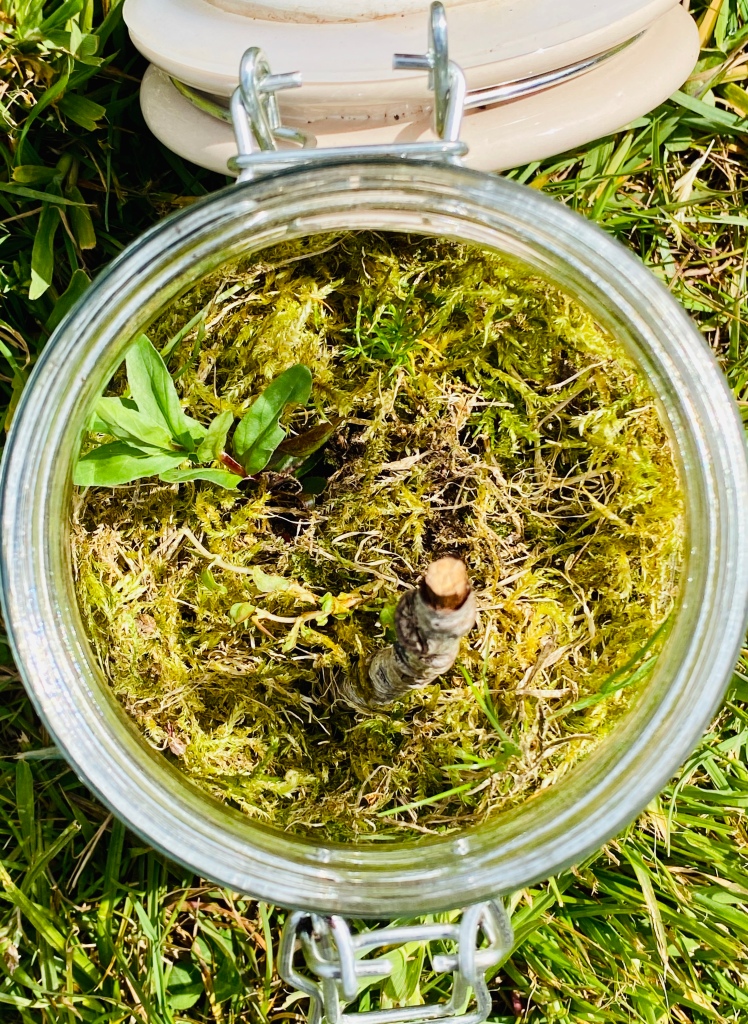
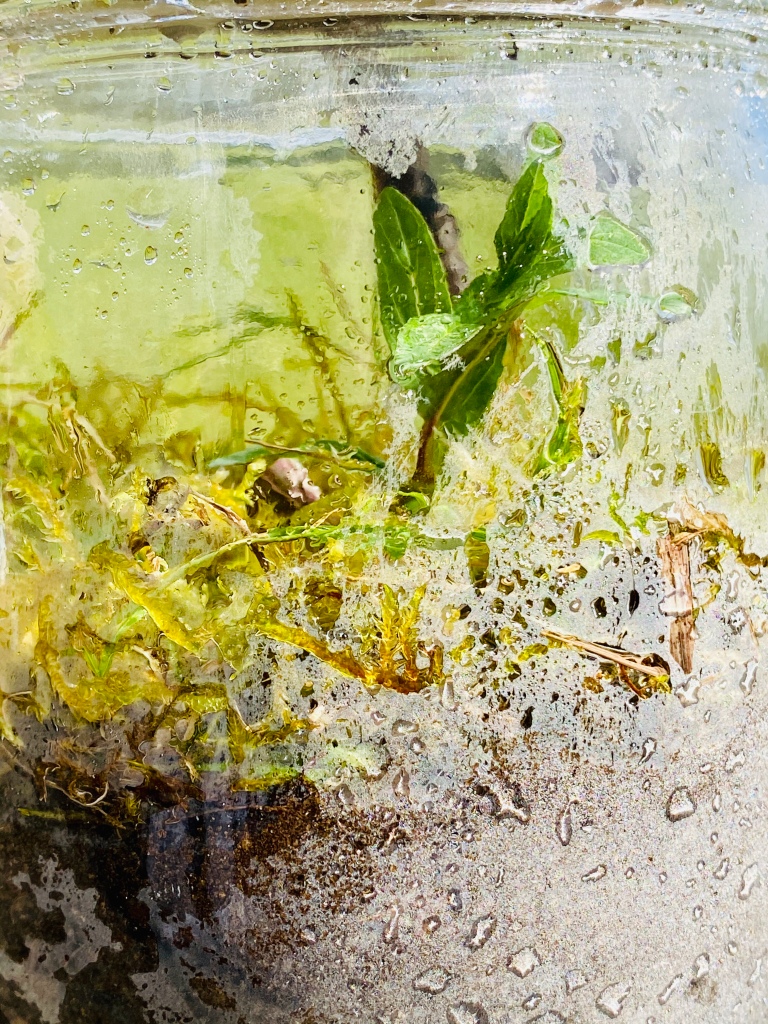
2 thoughts on “Plants”